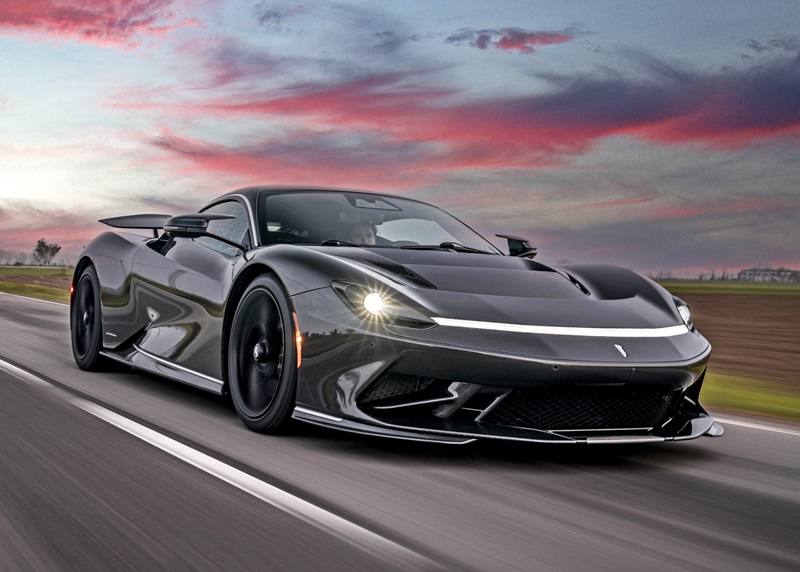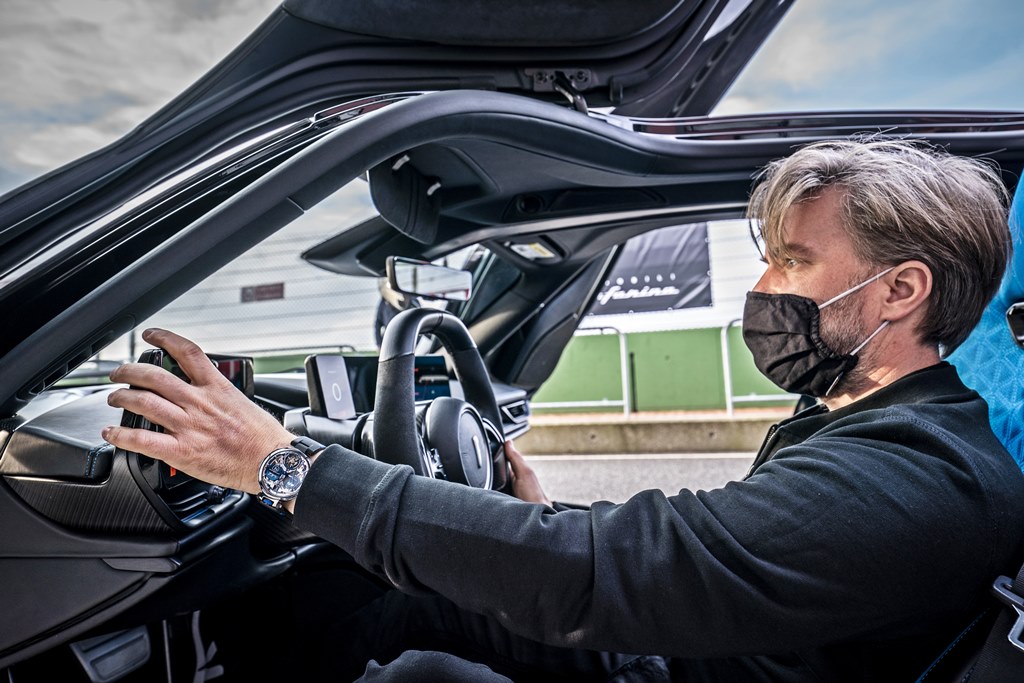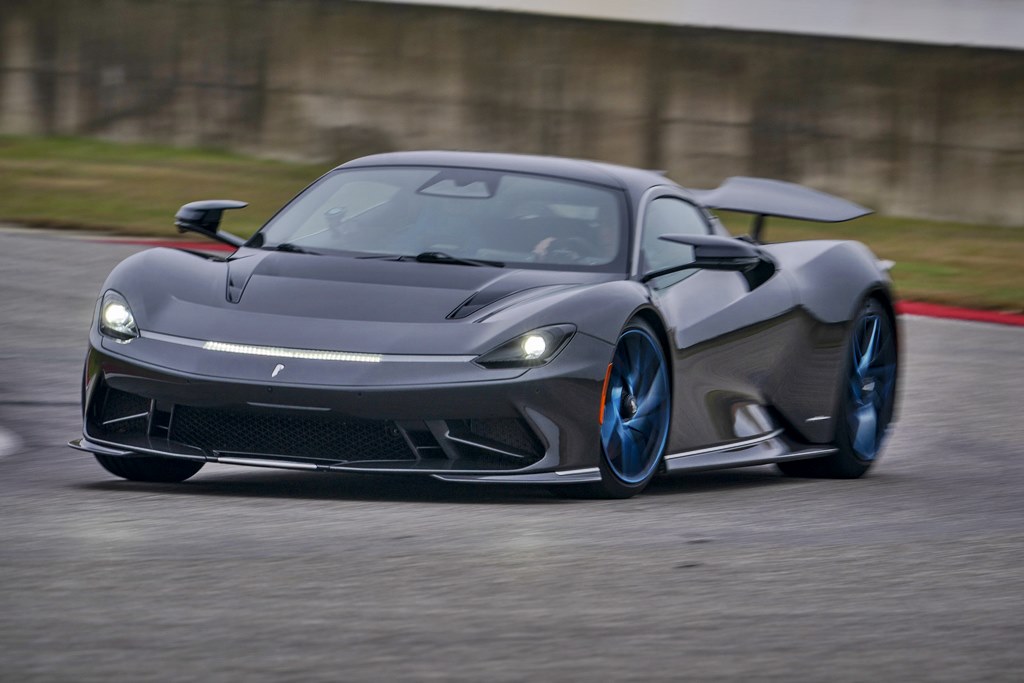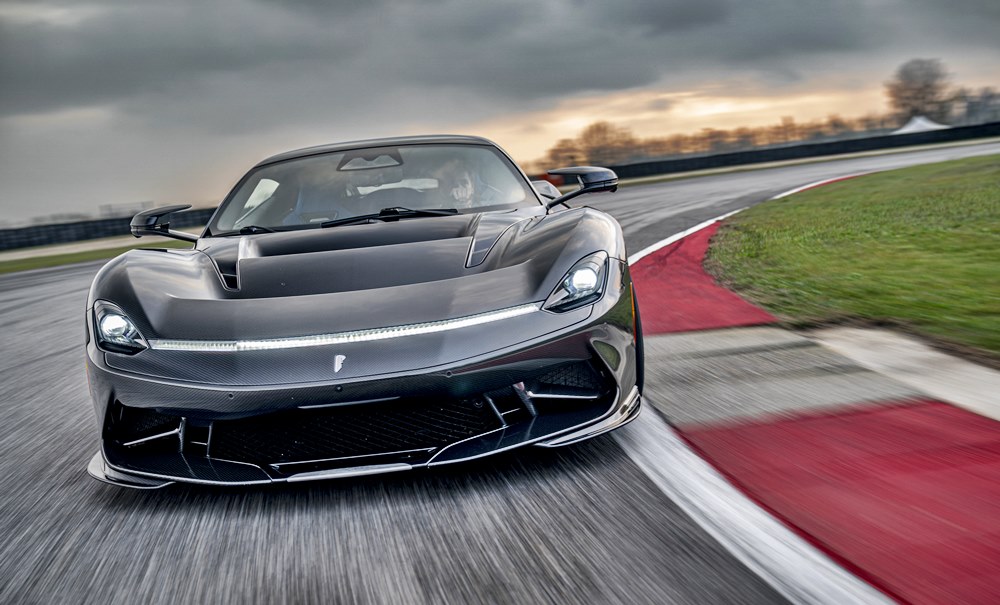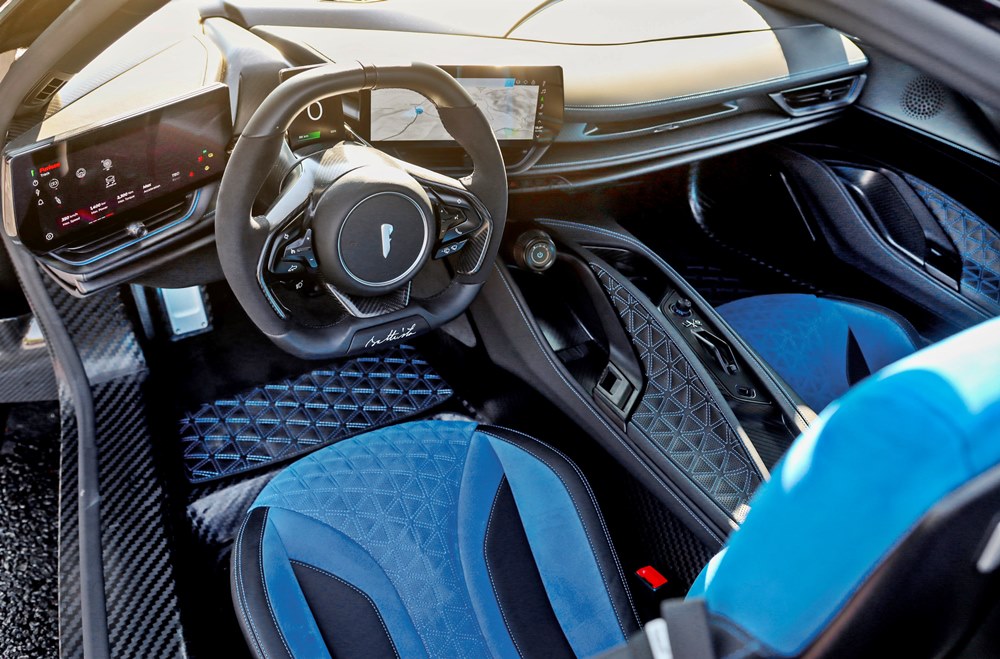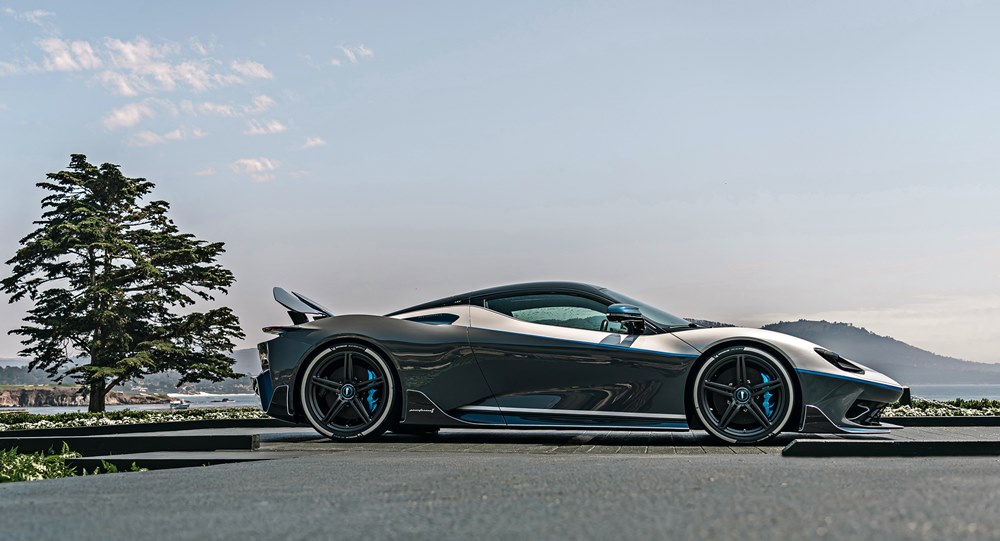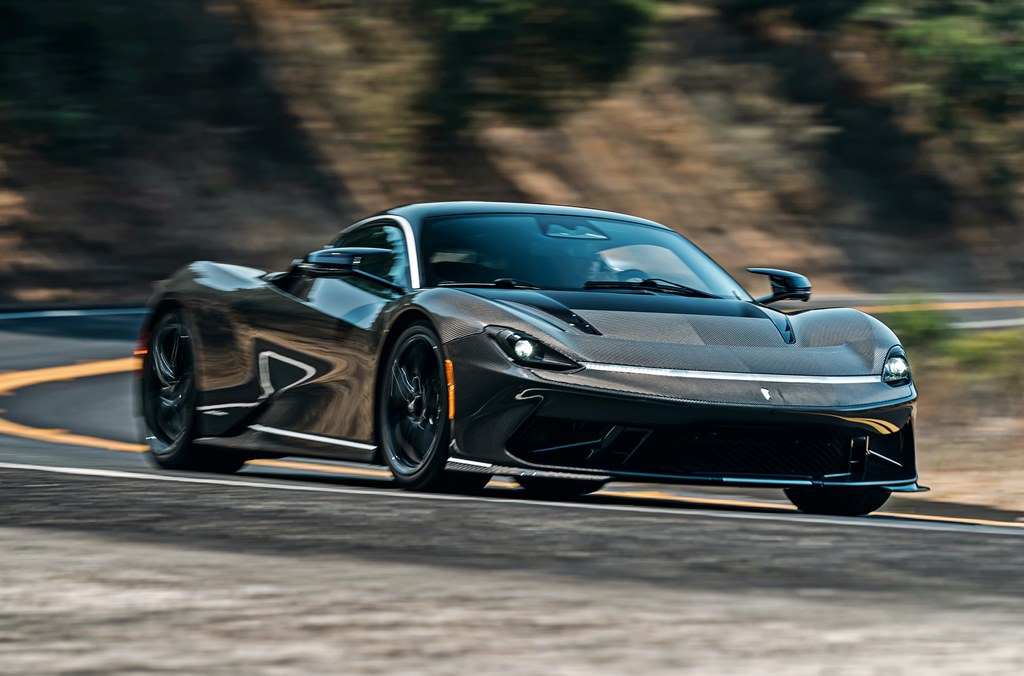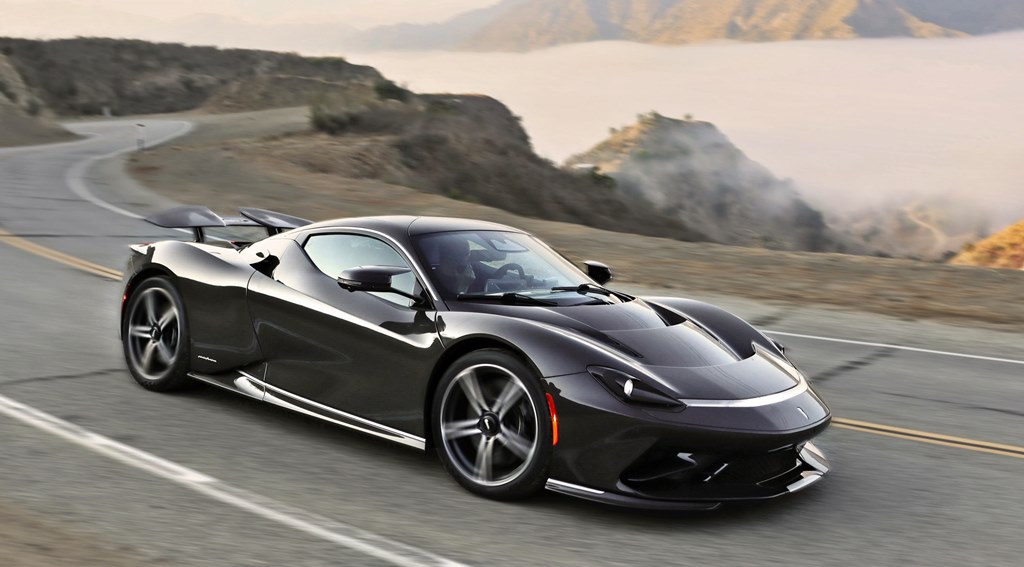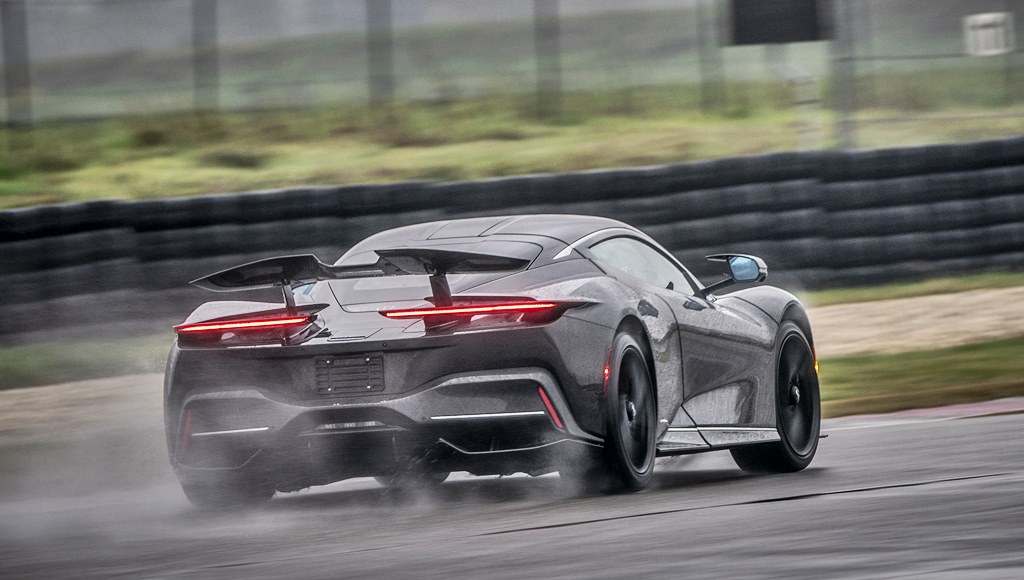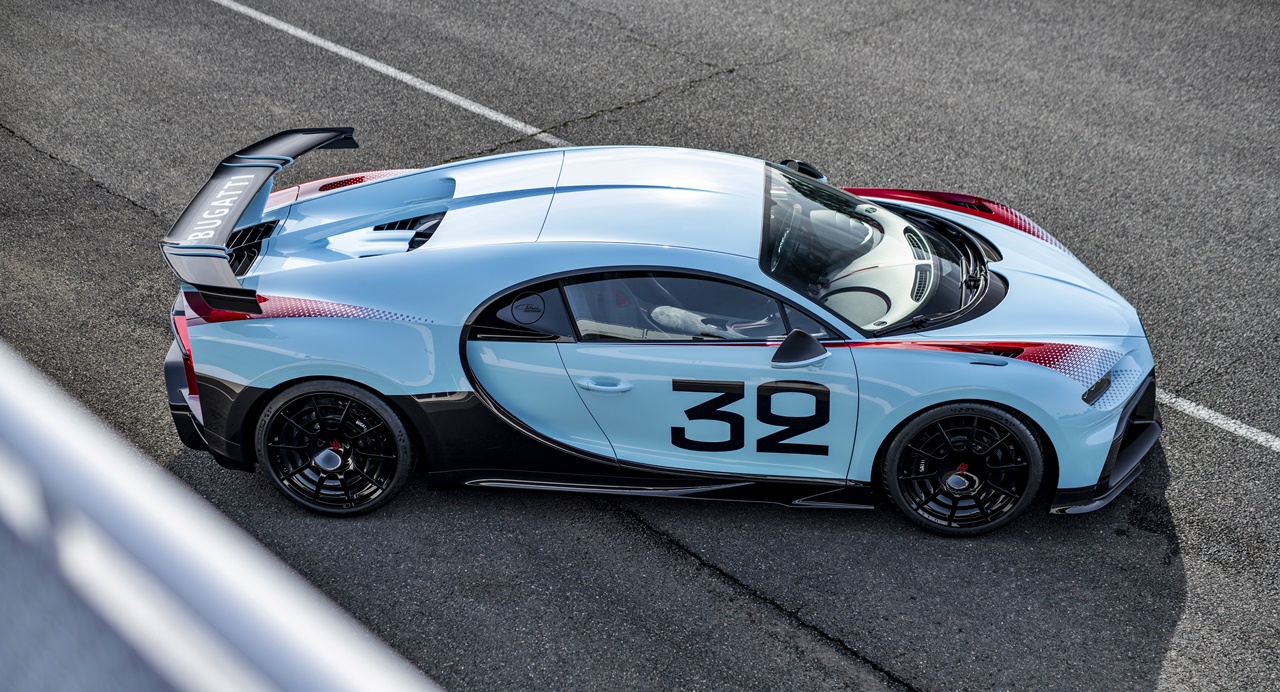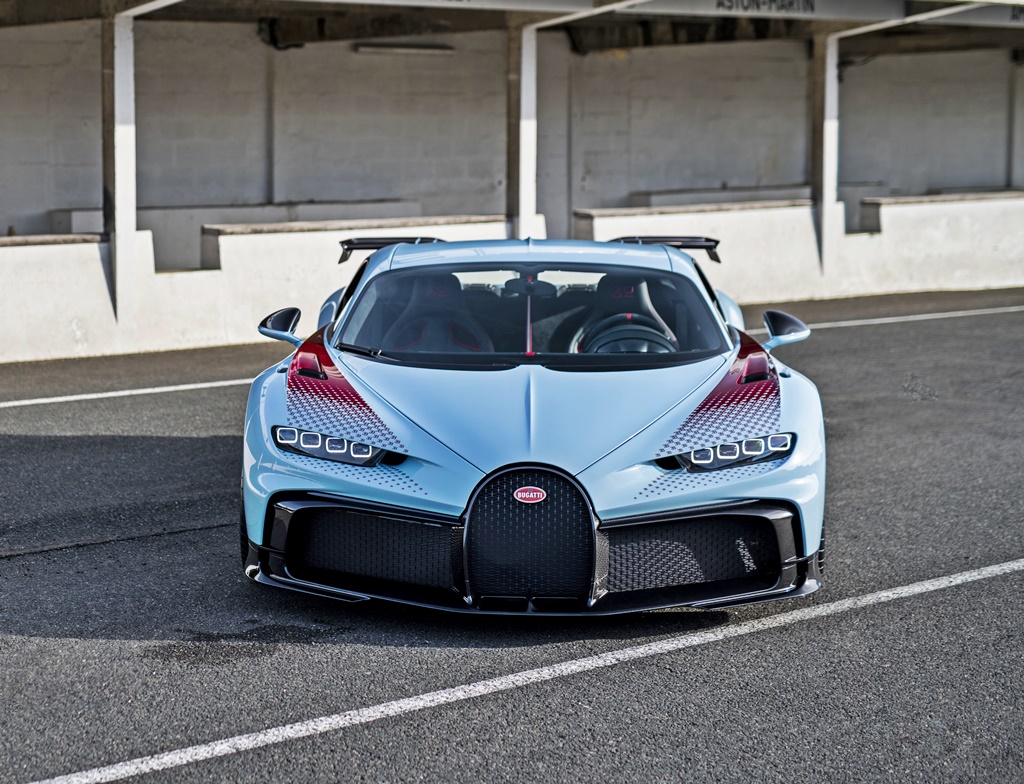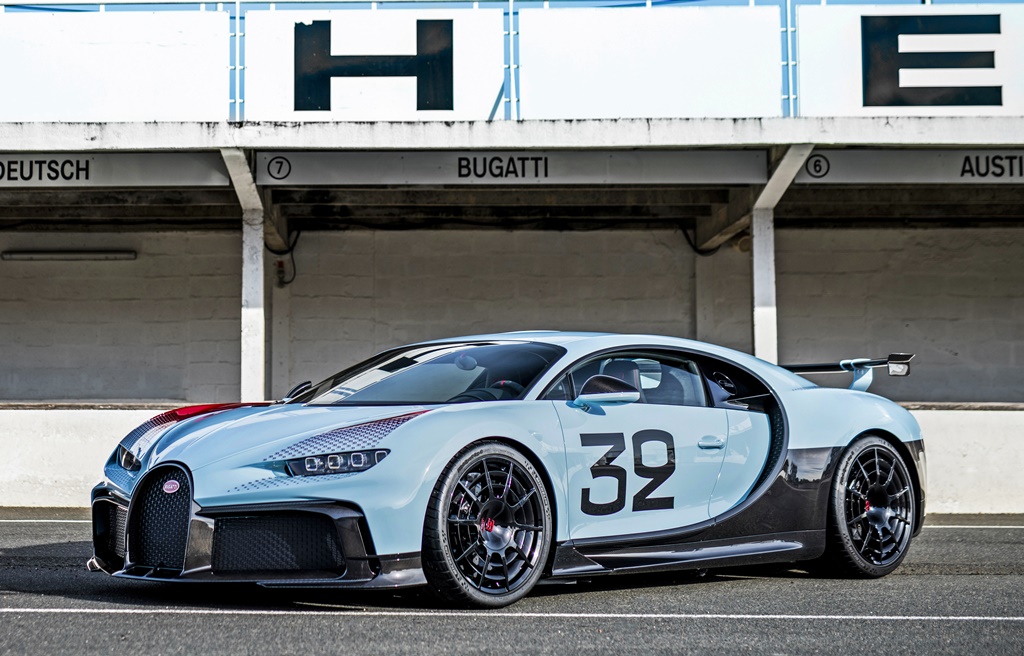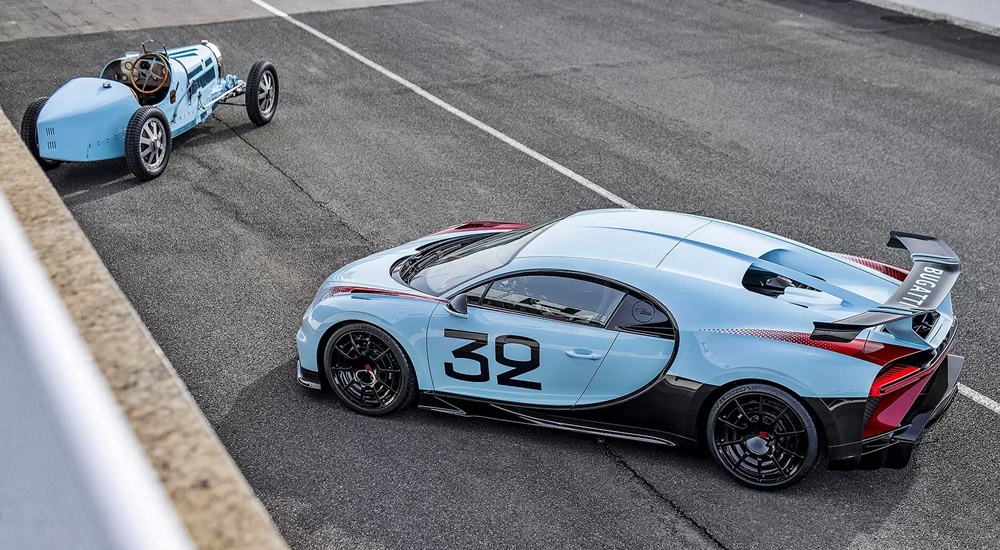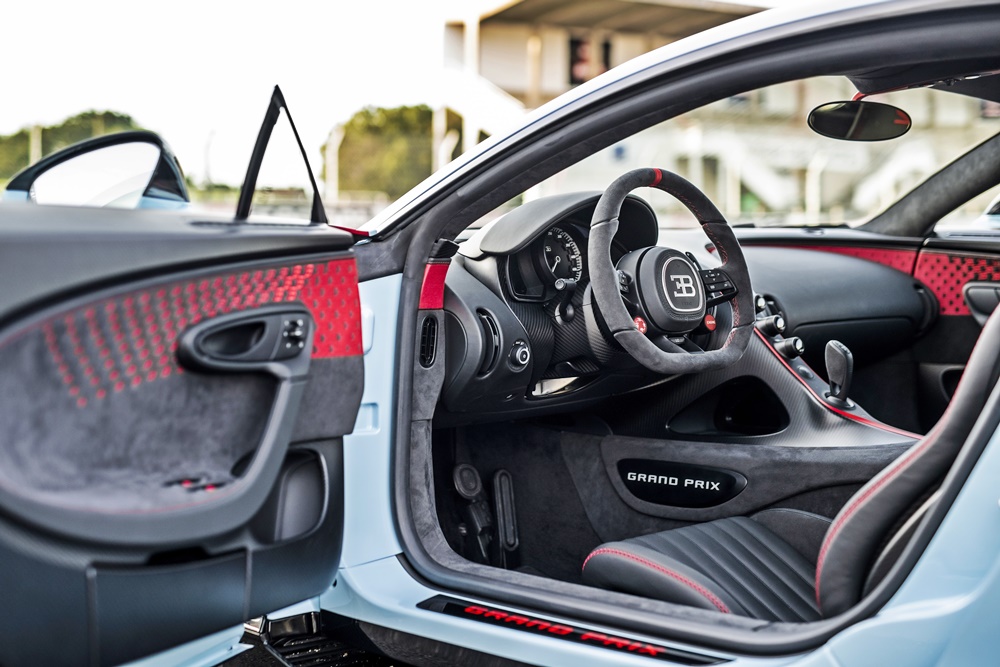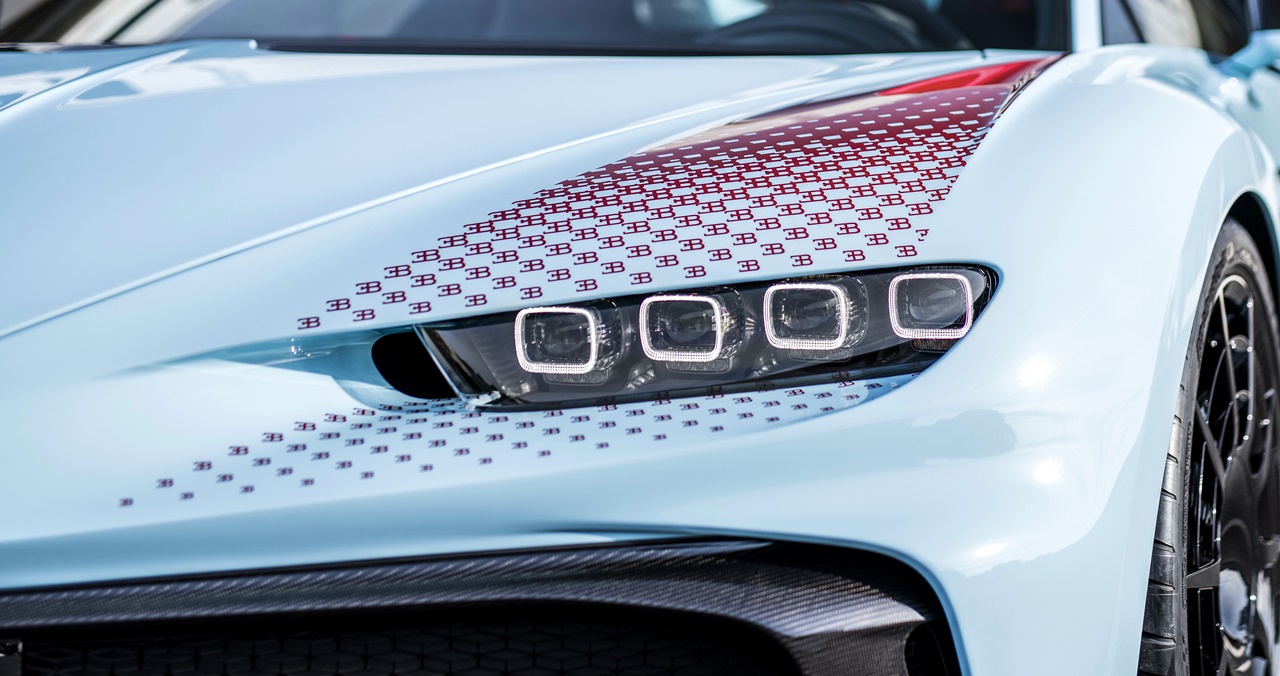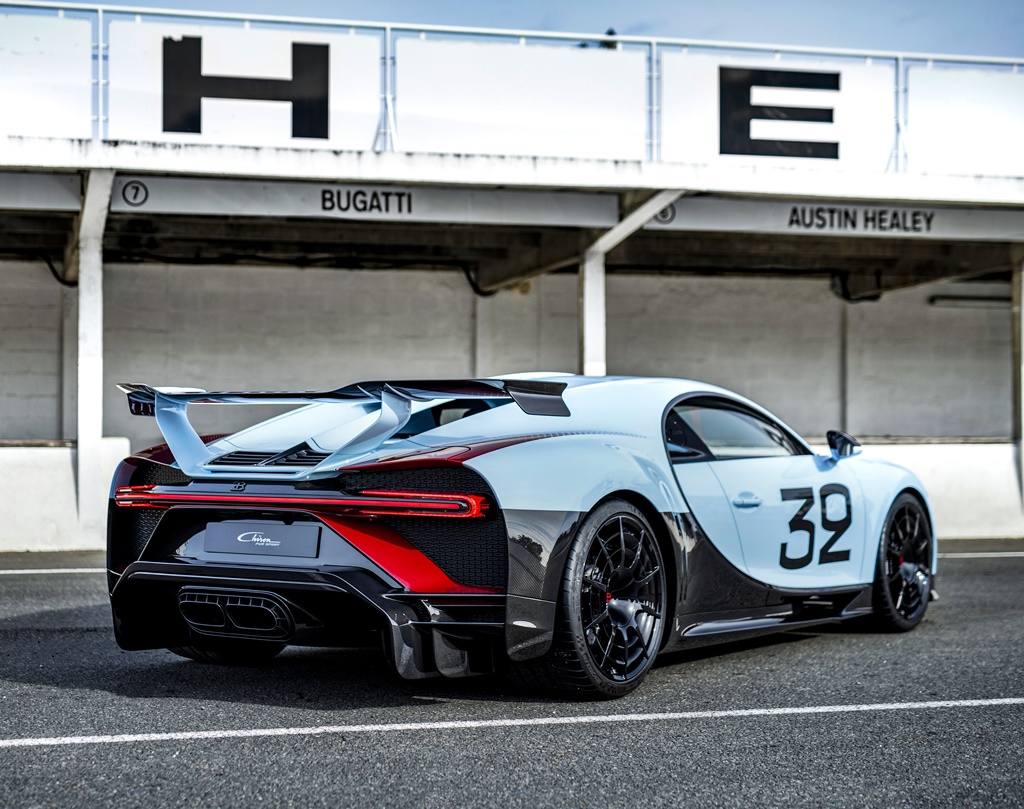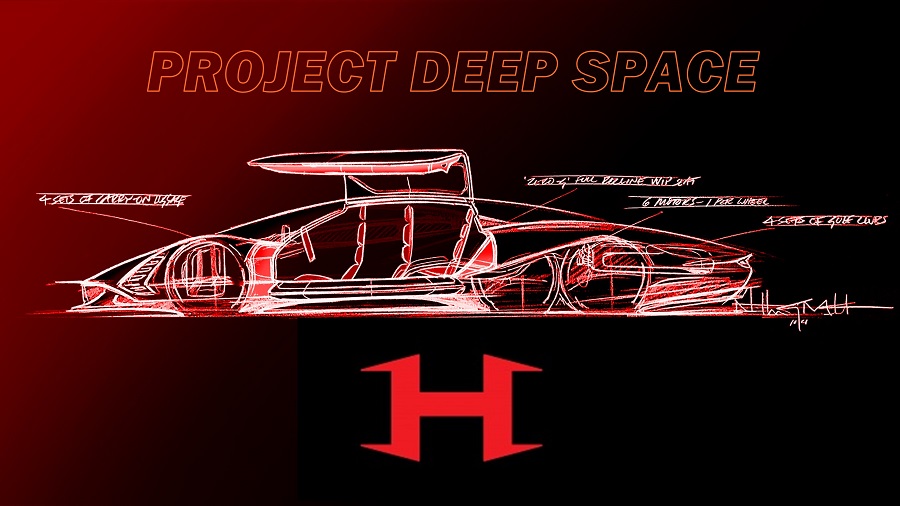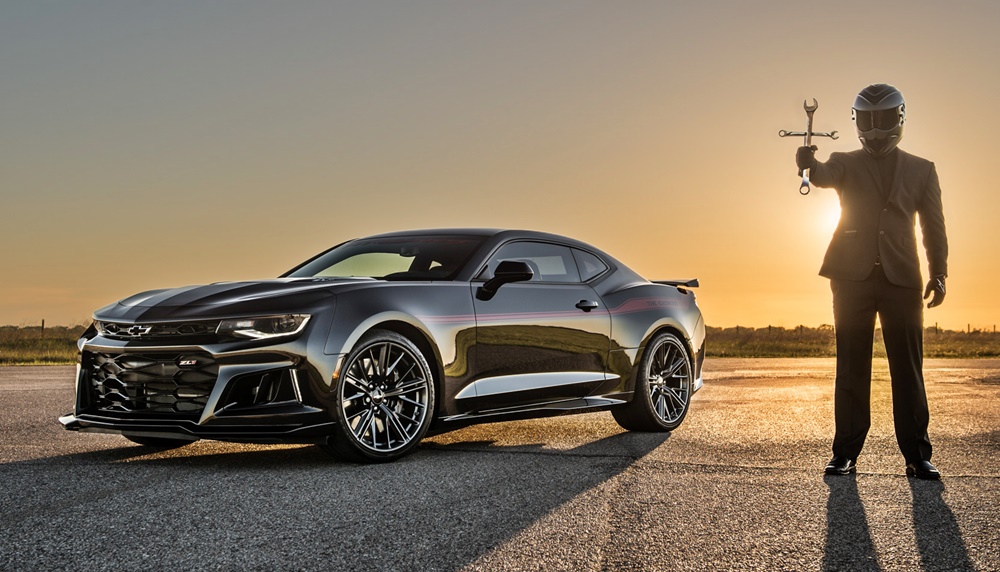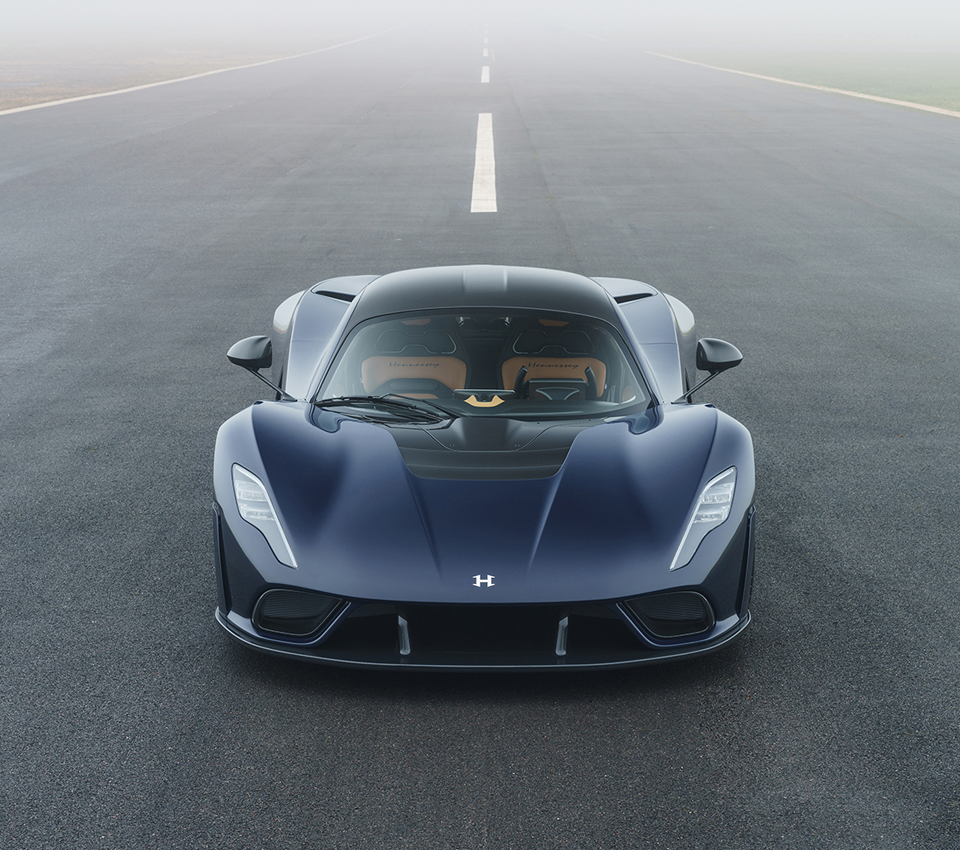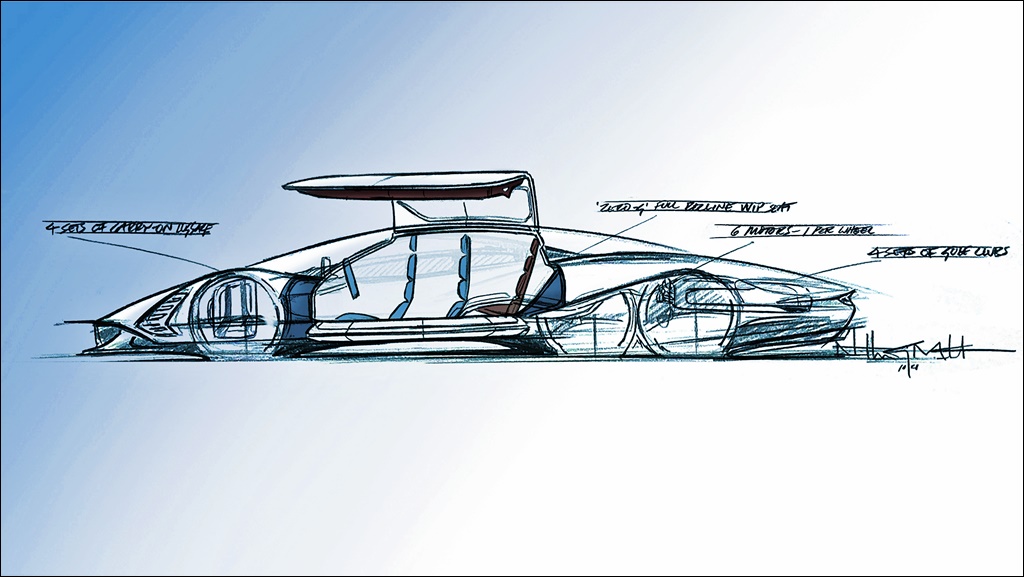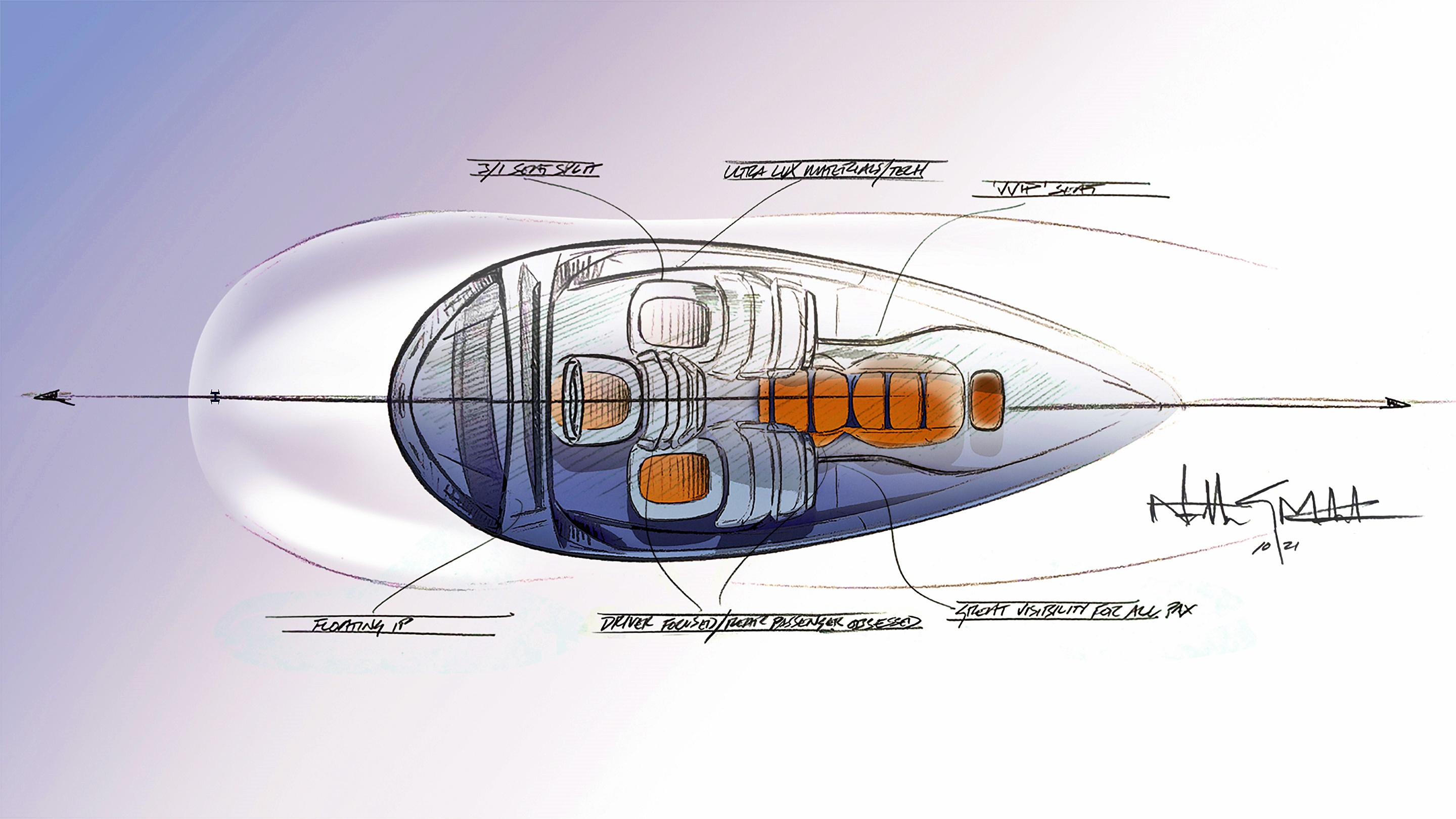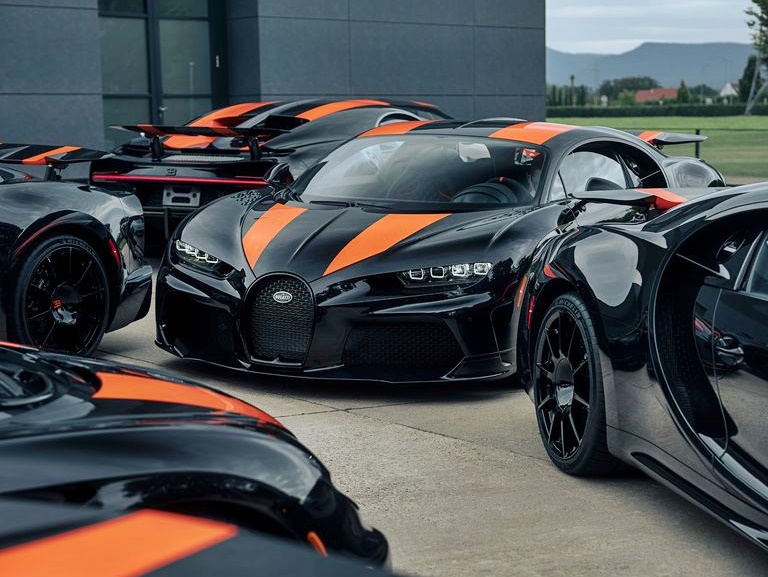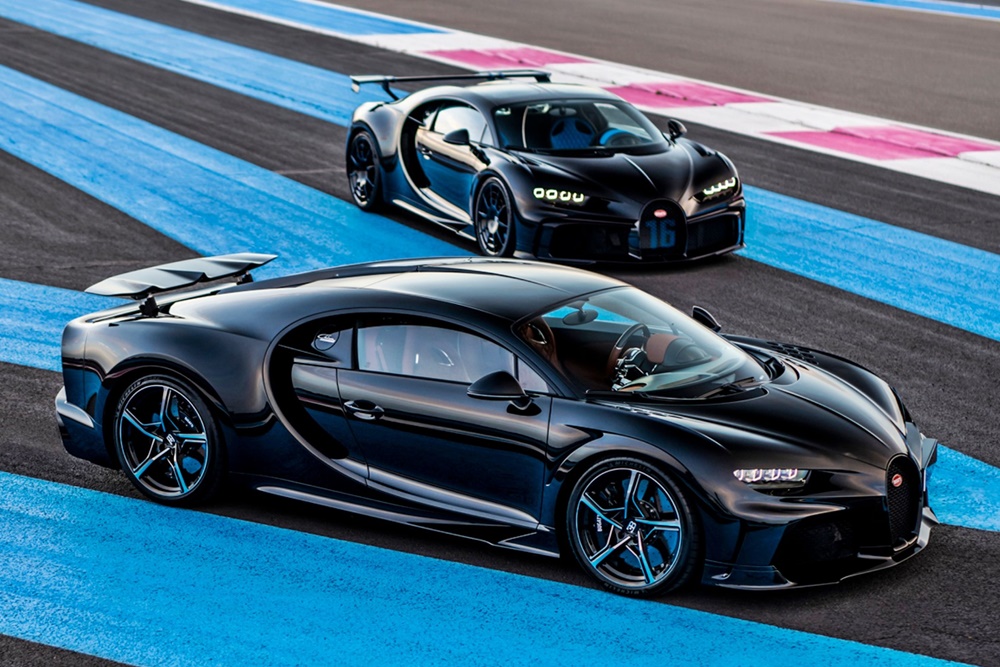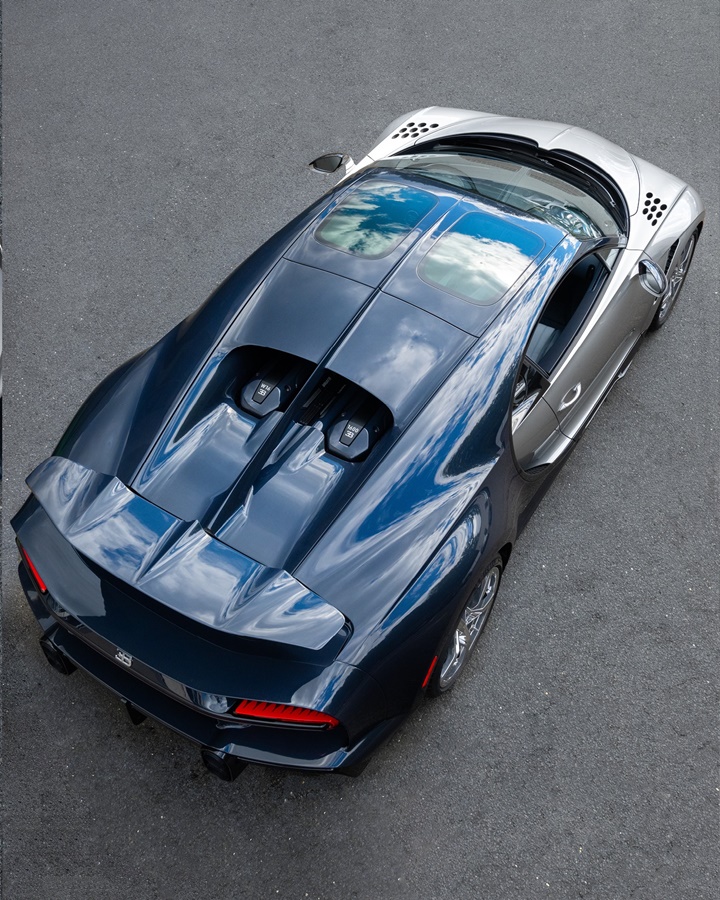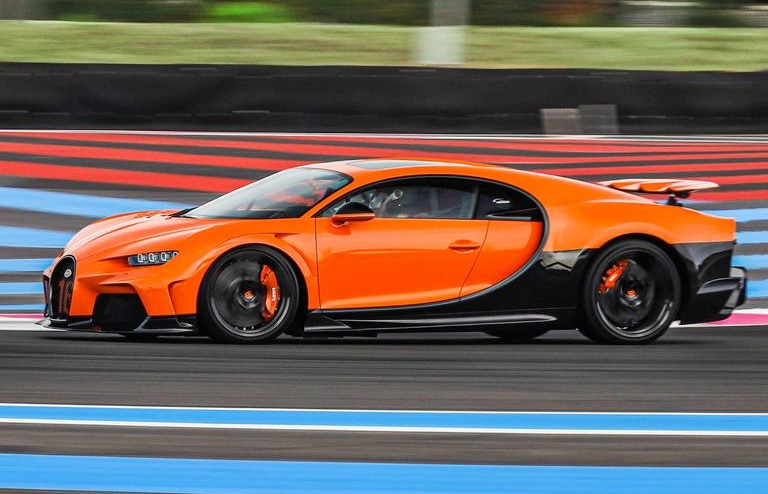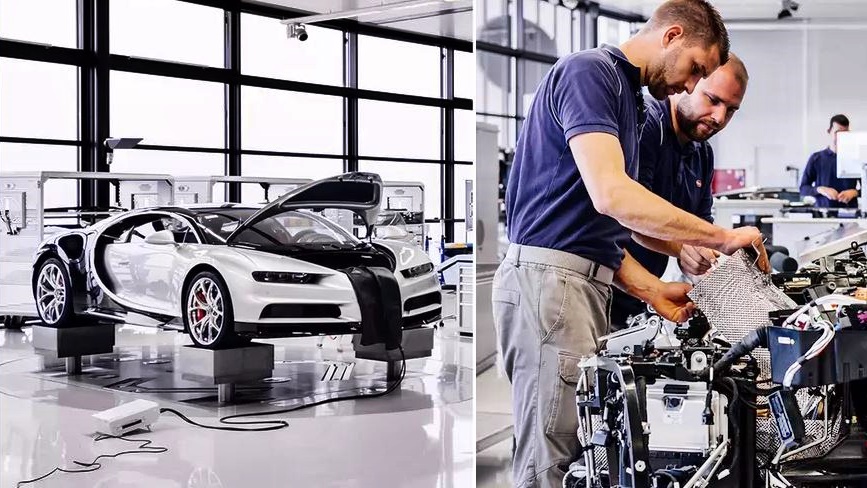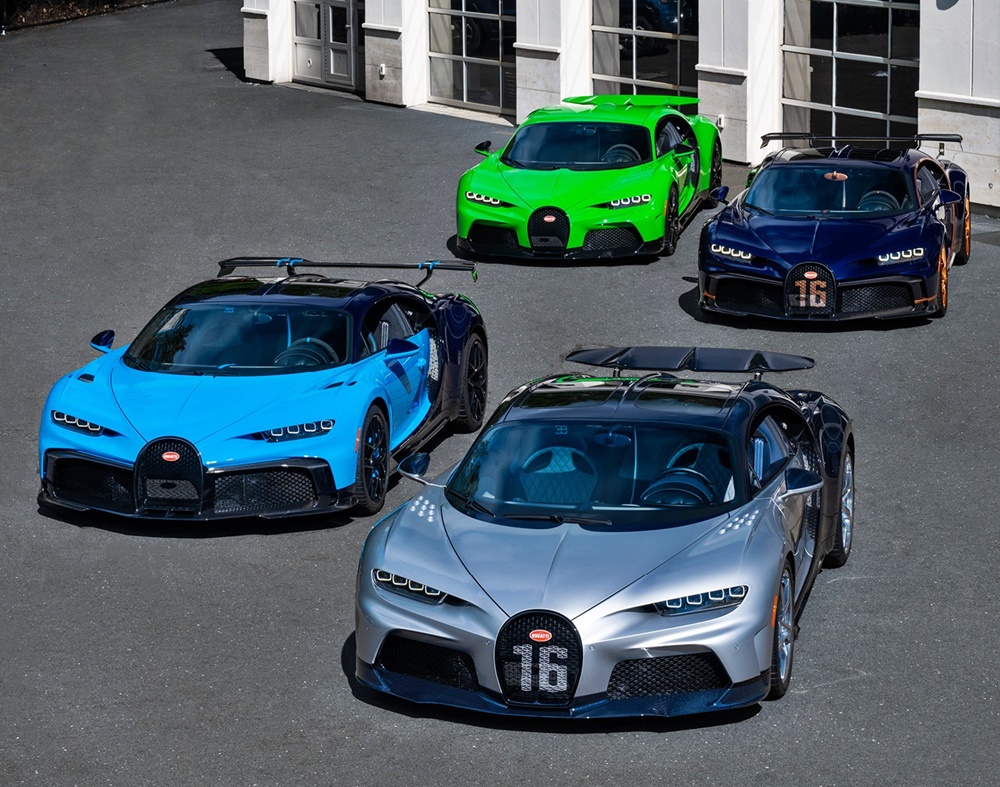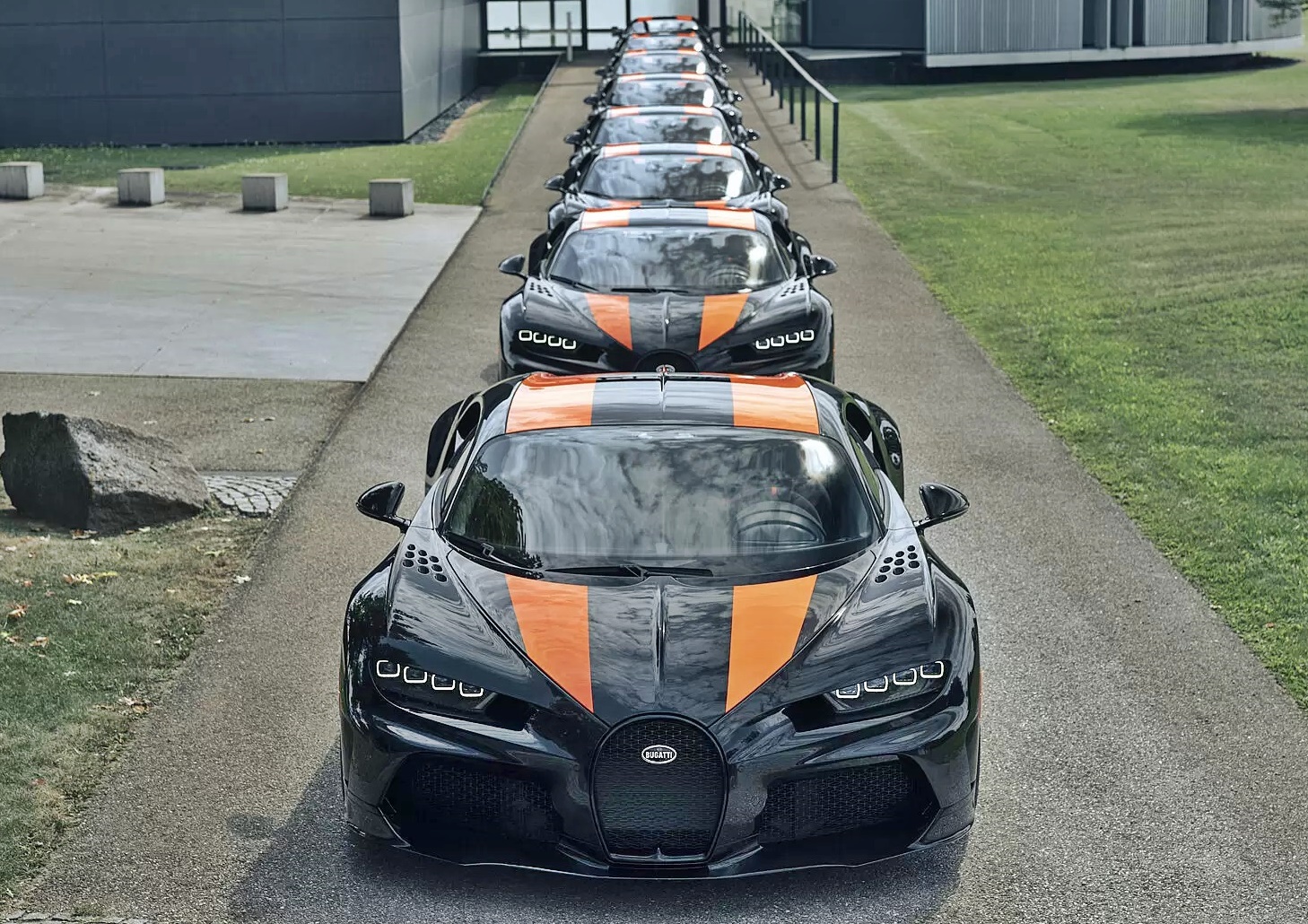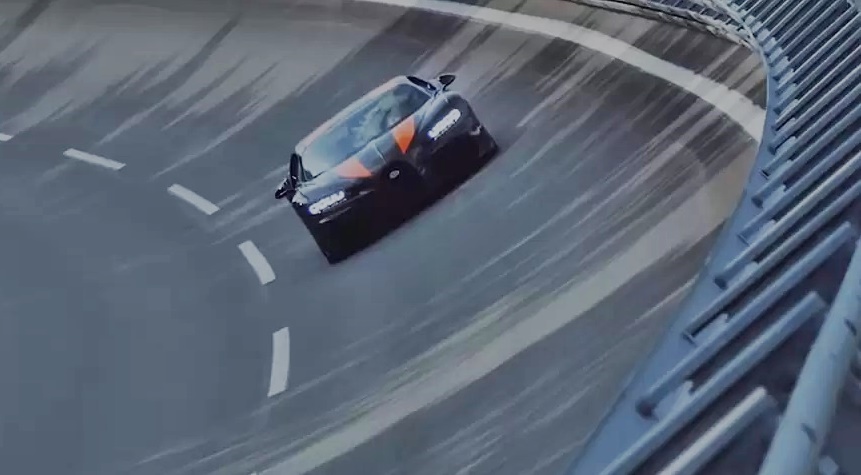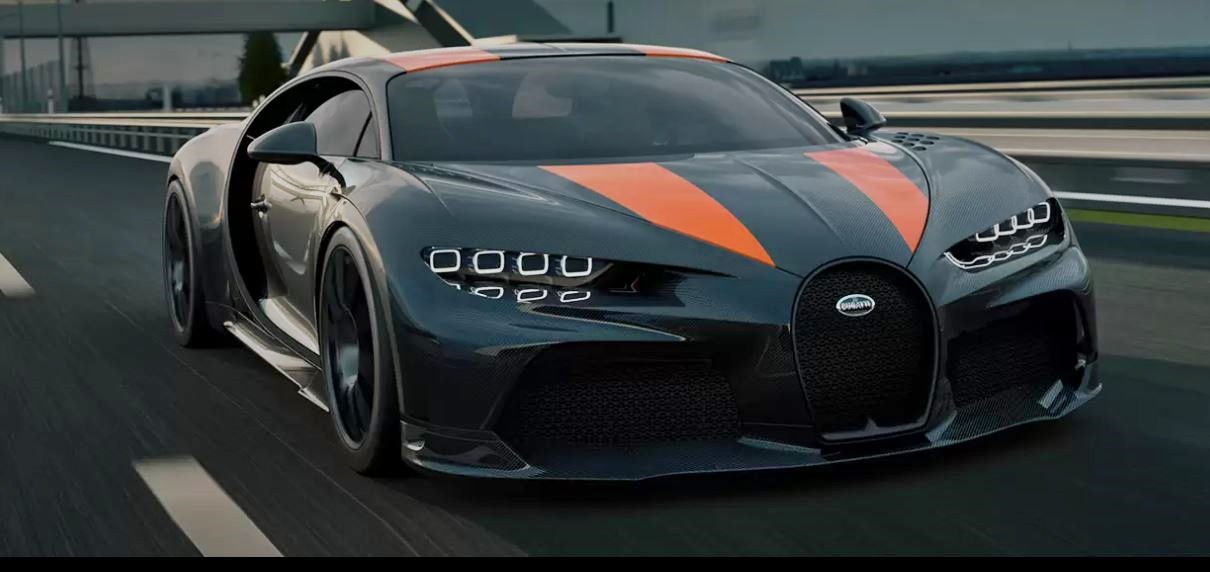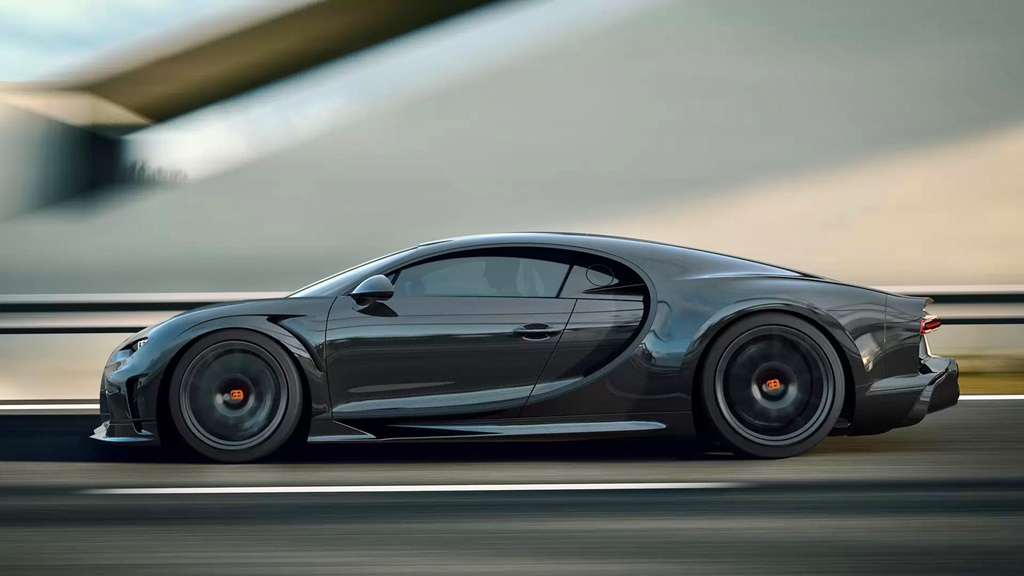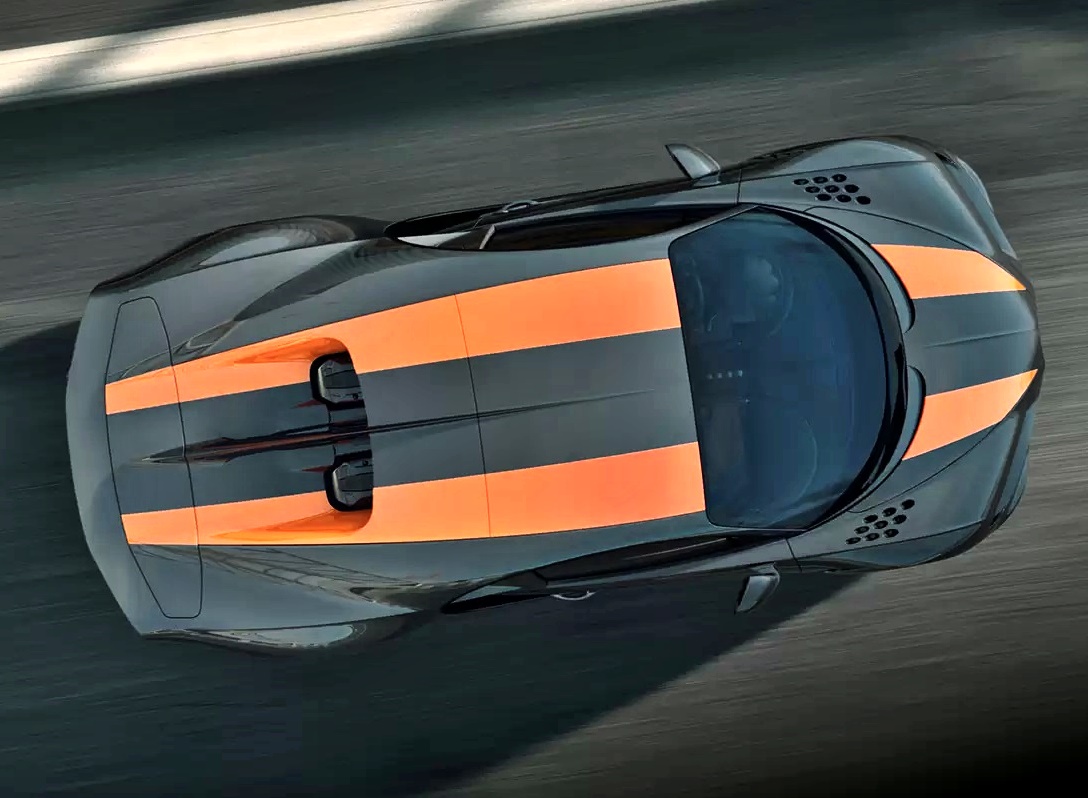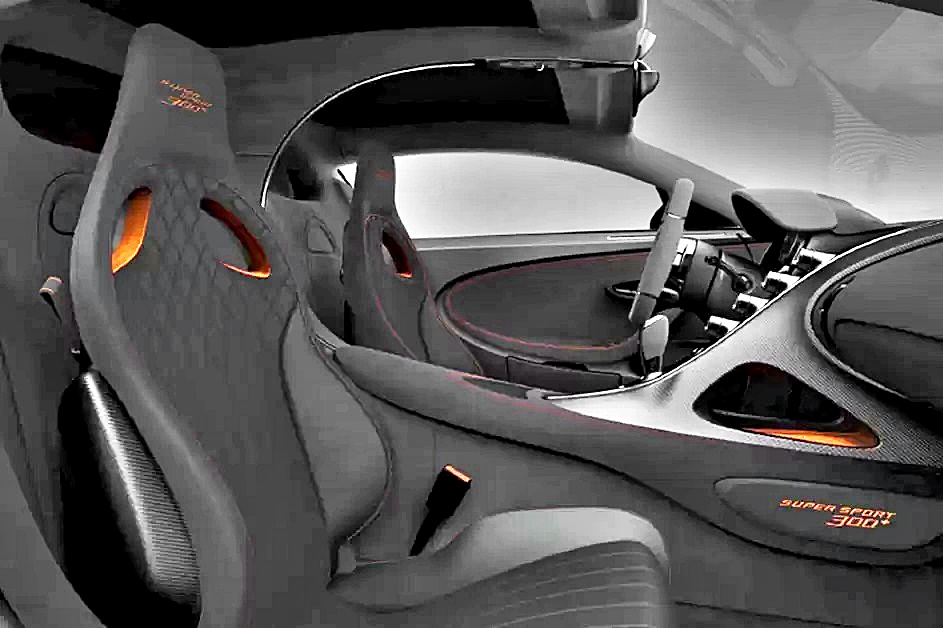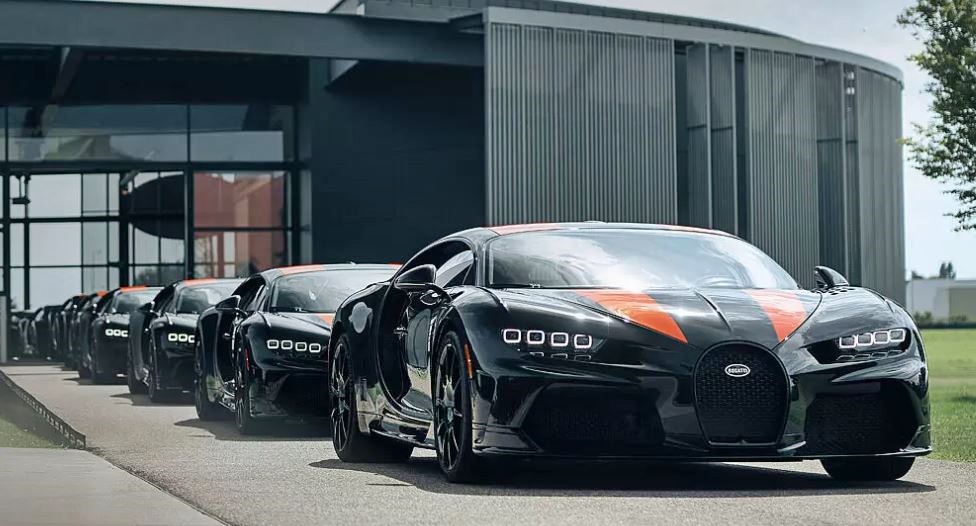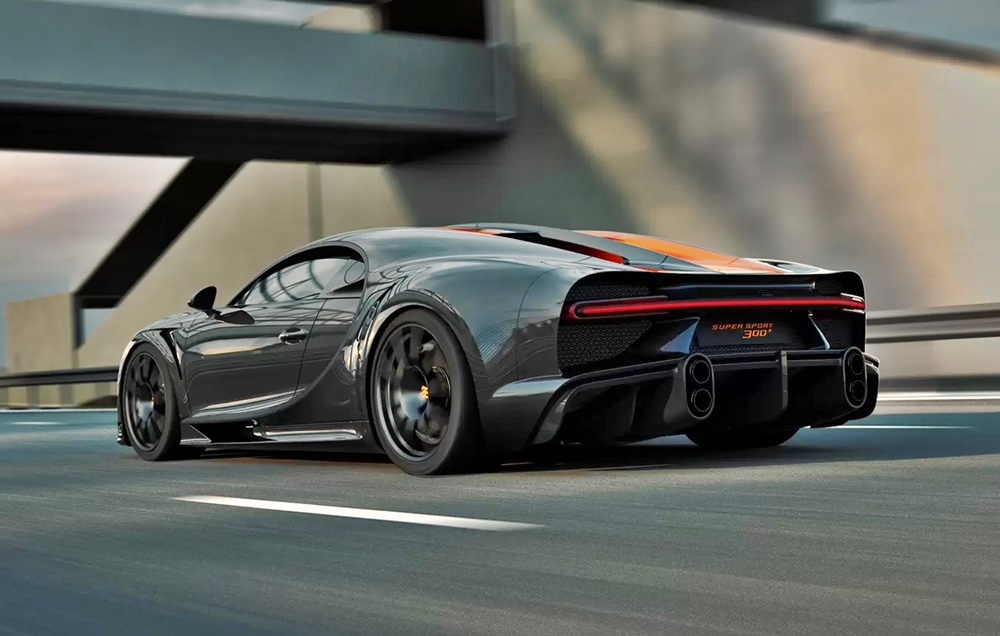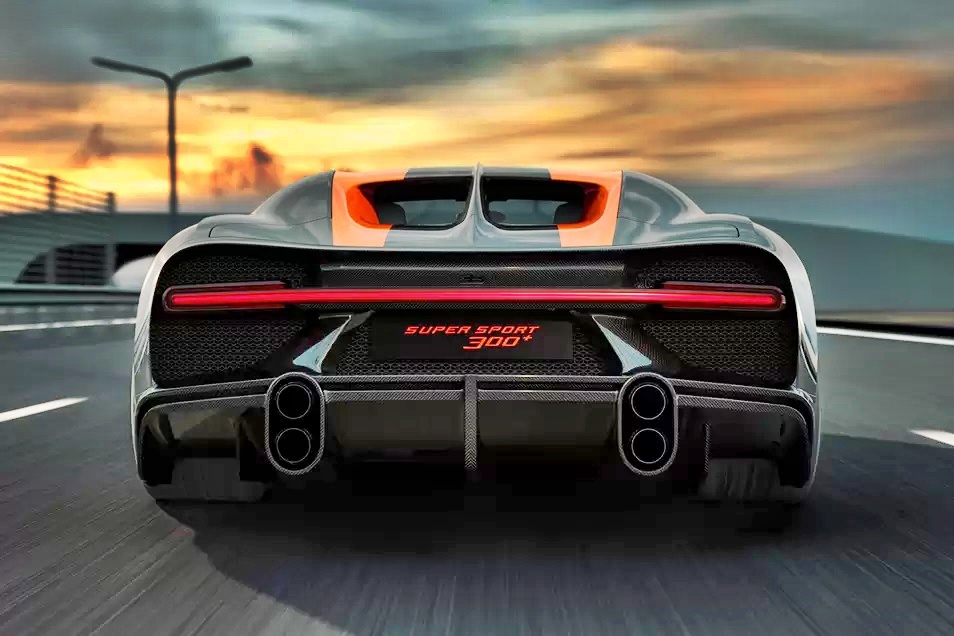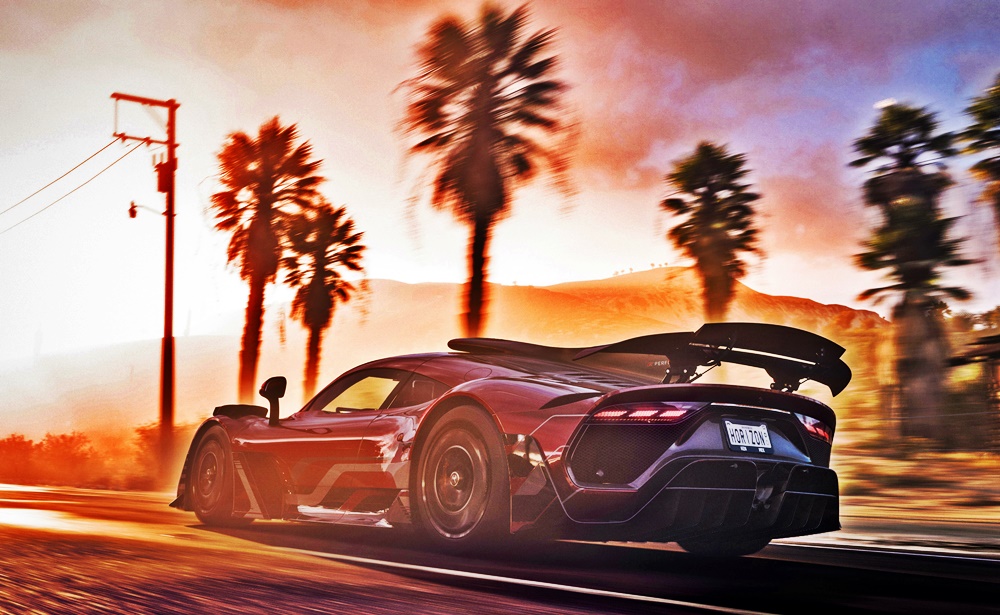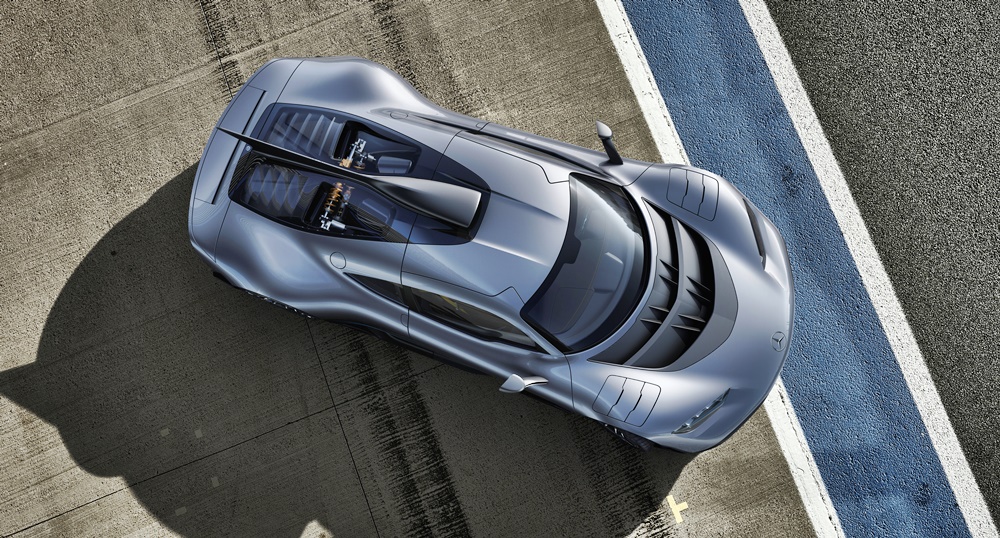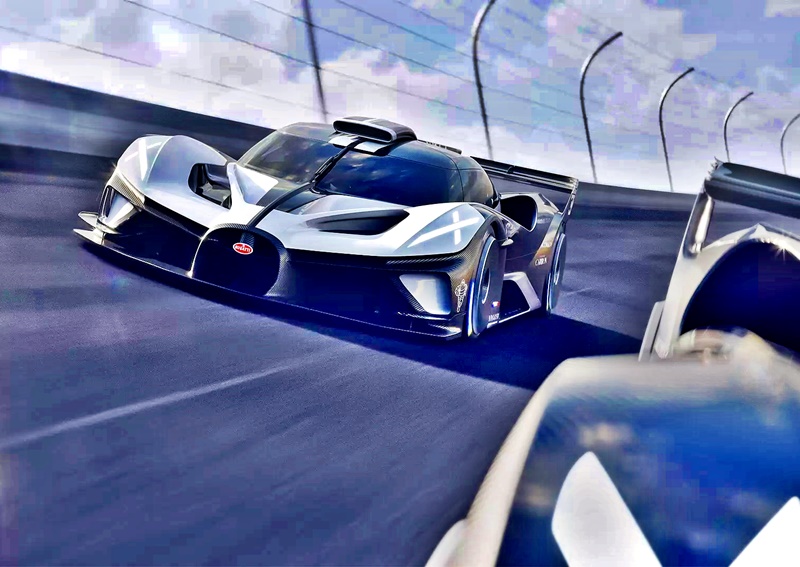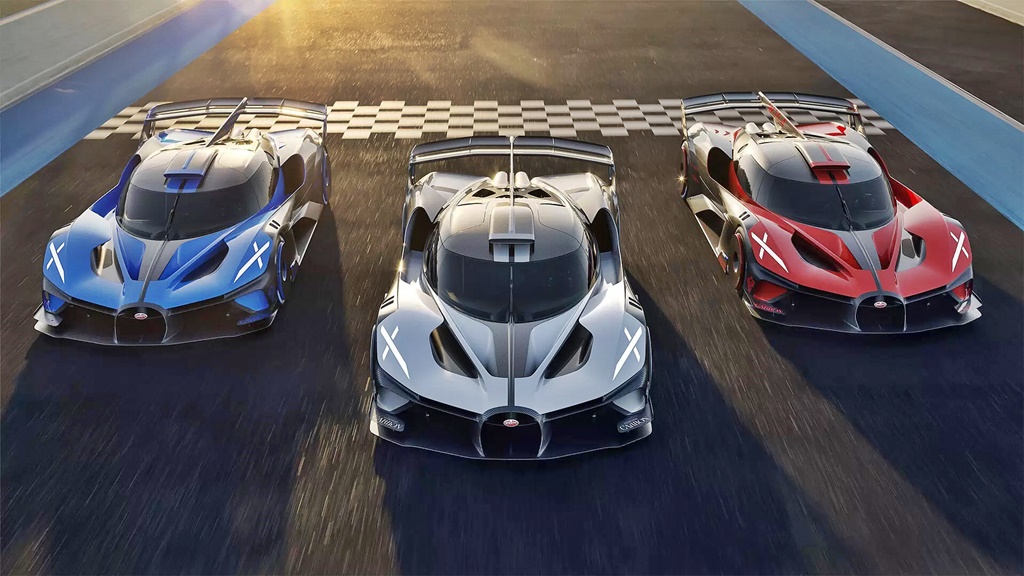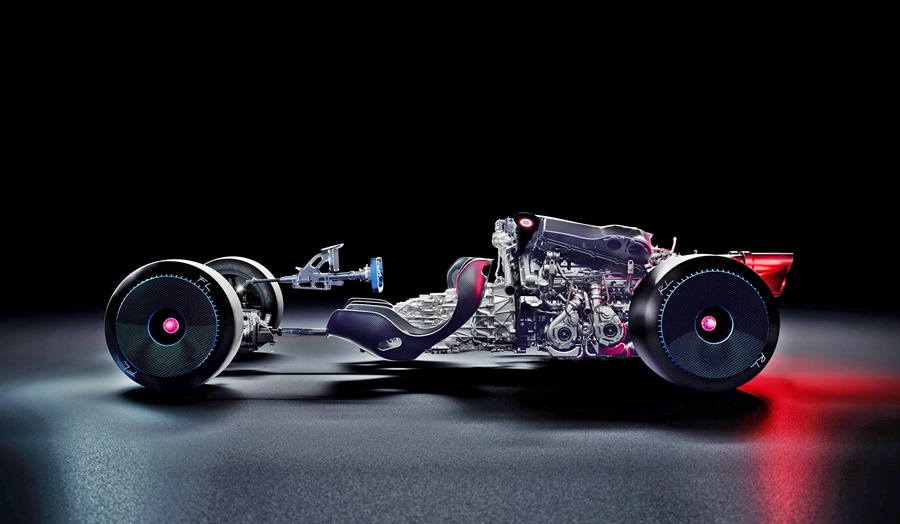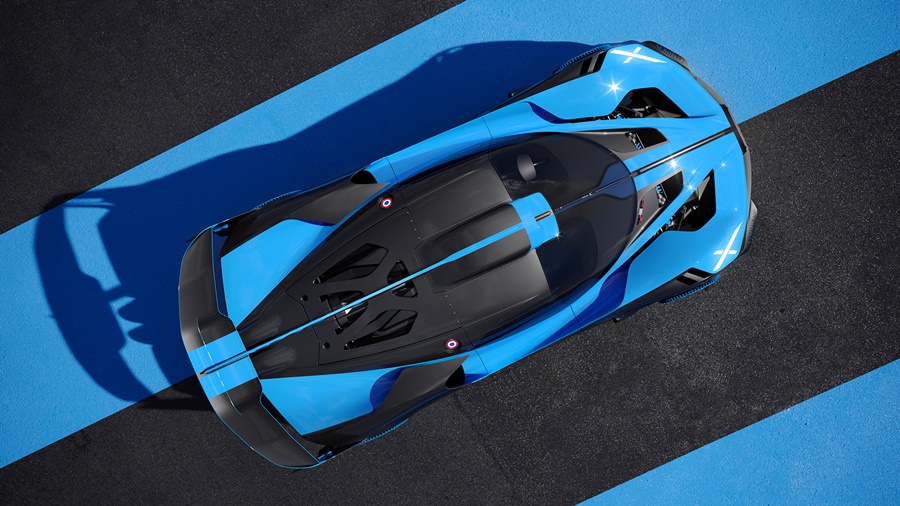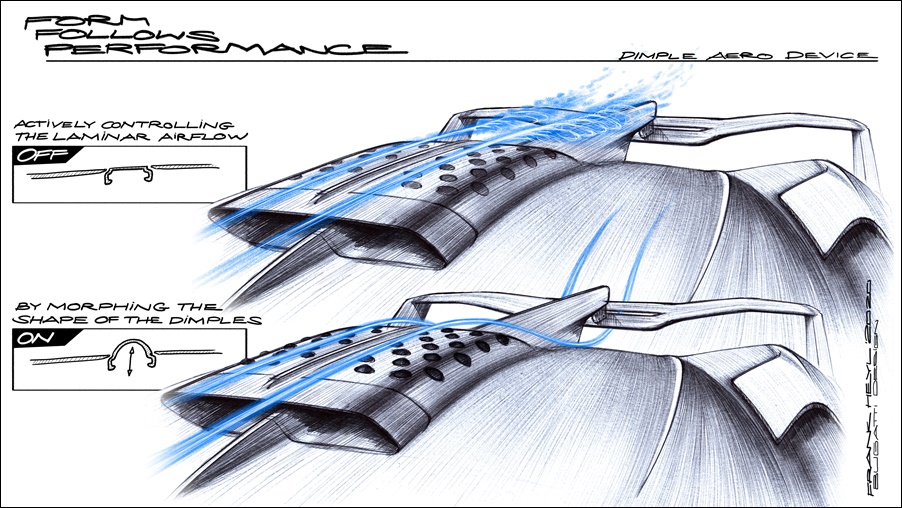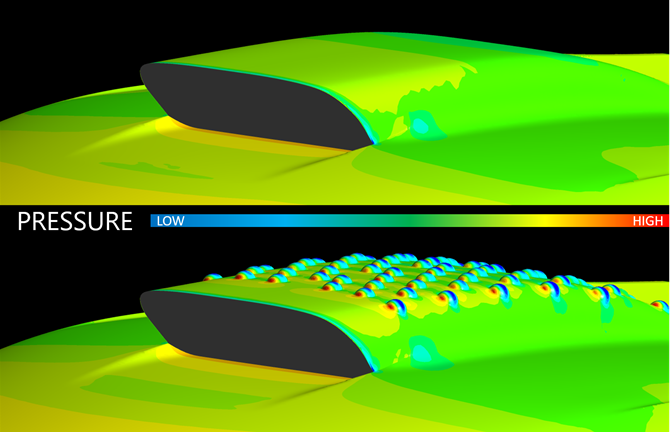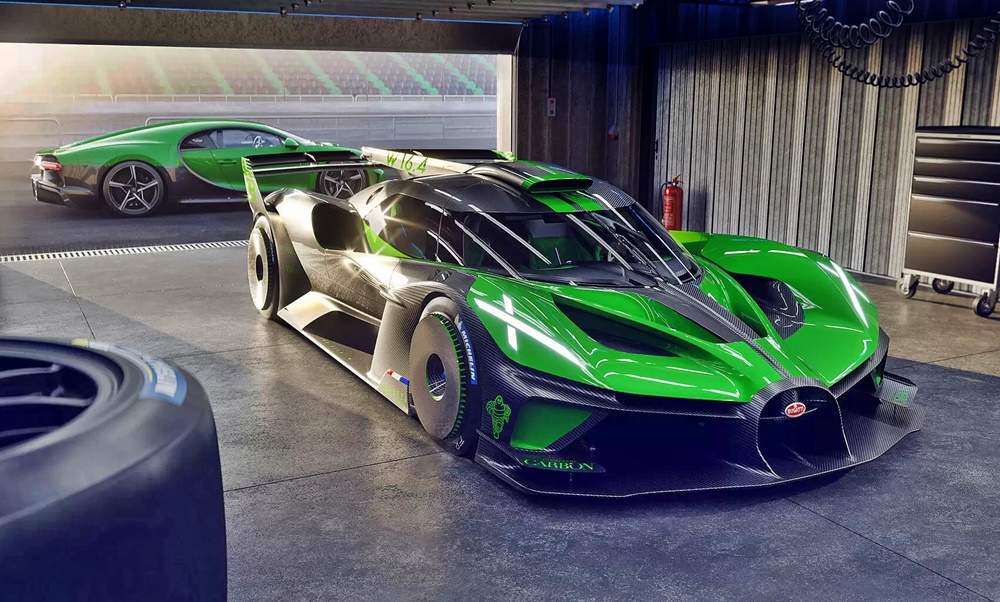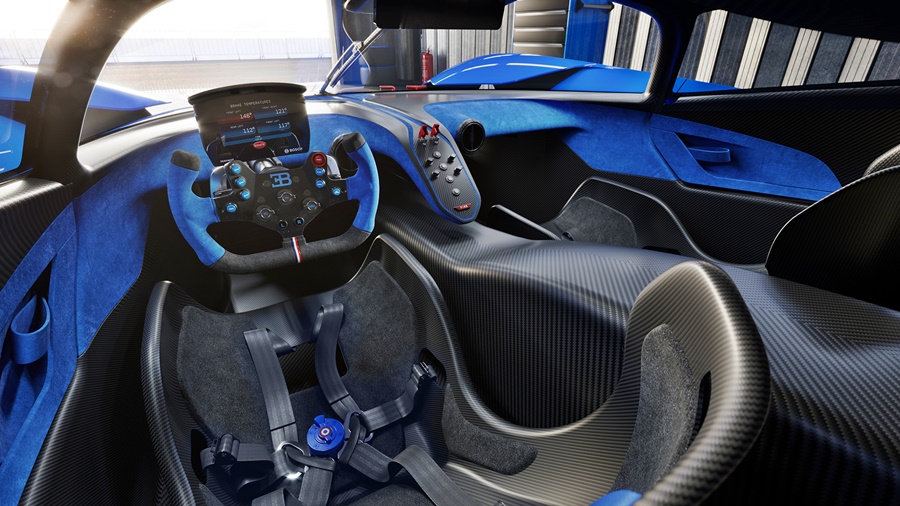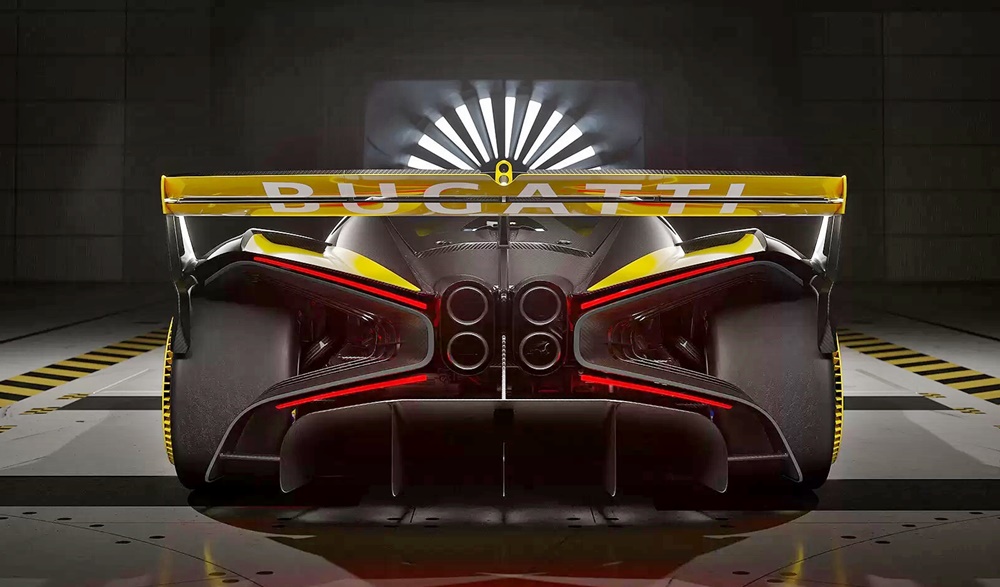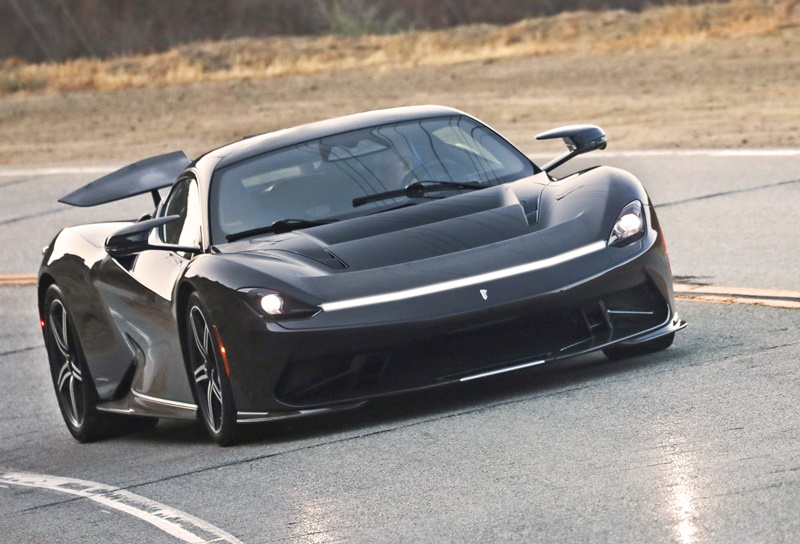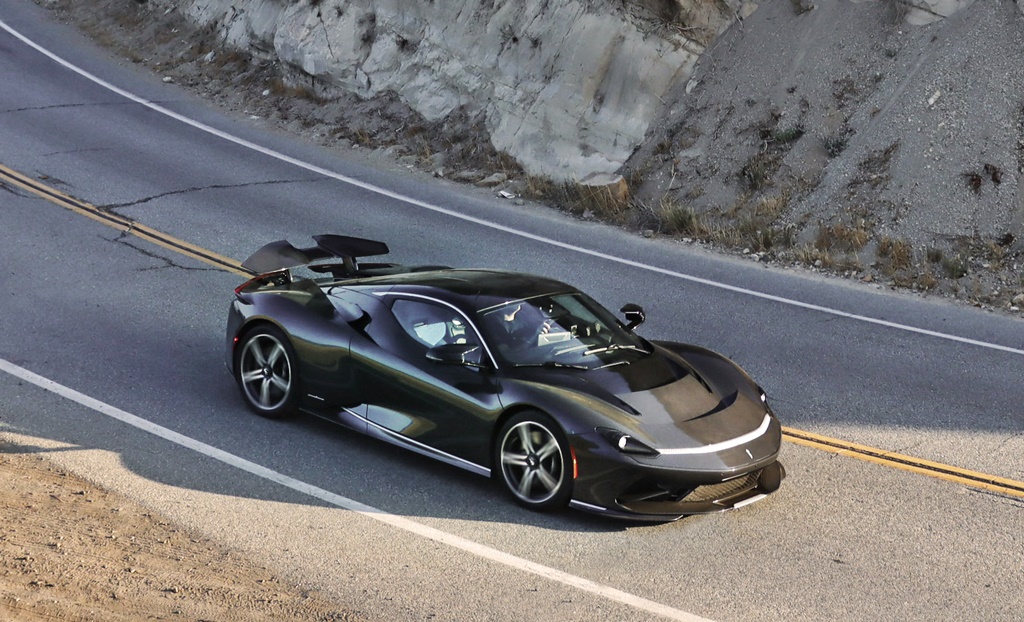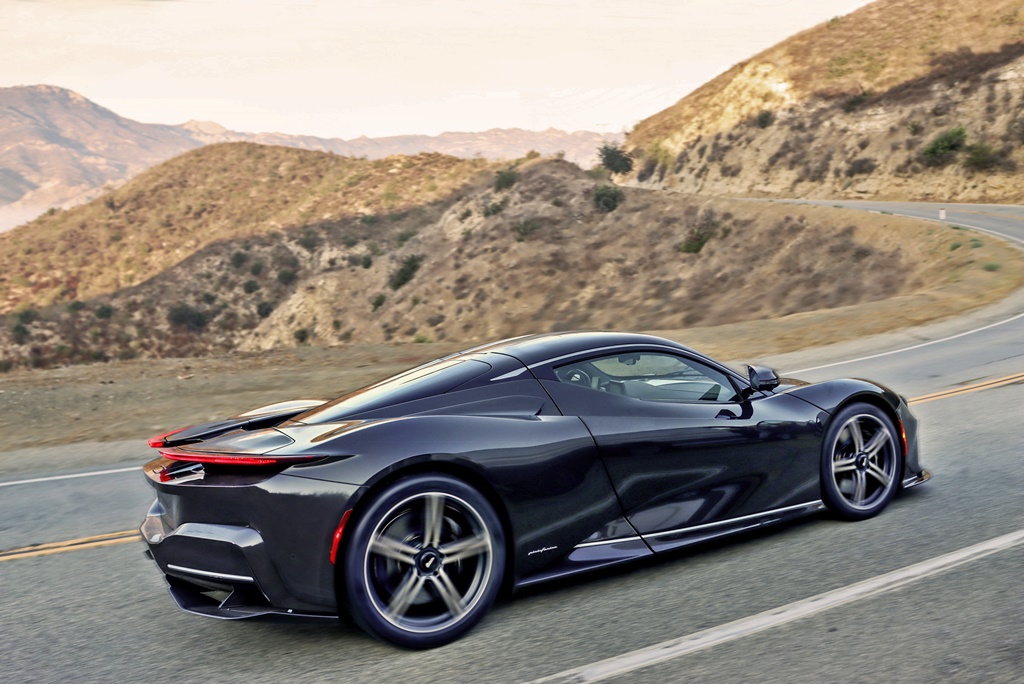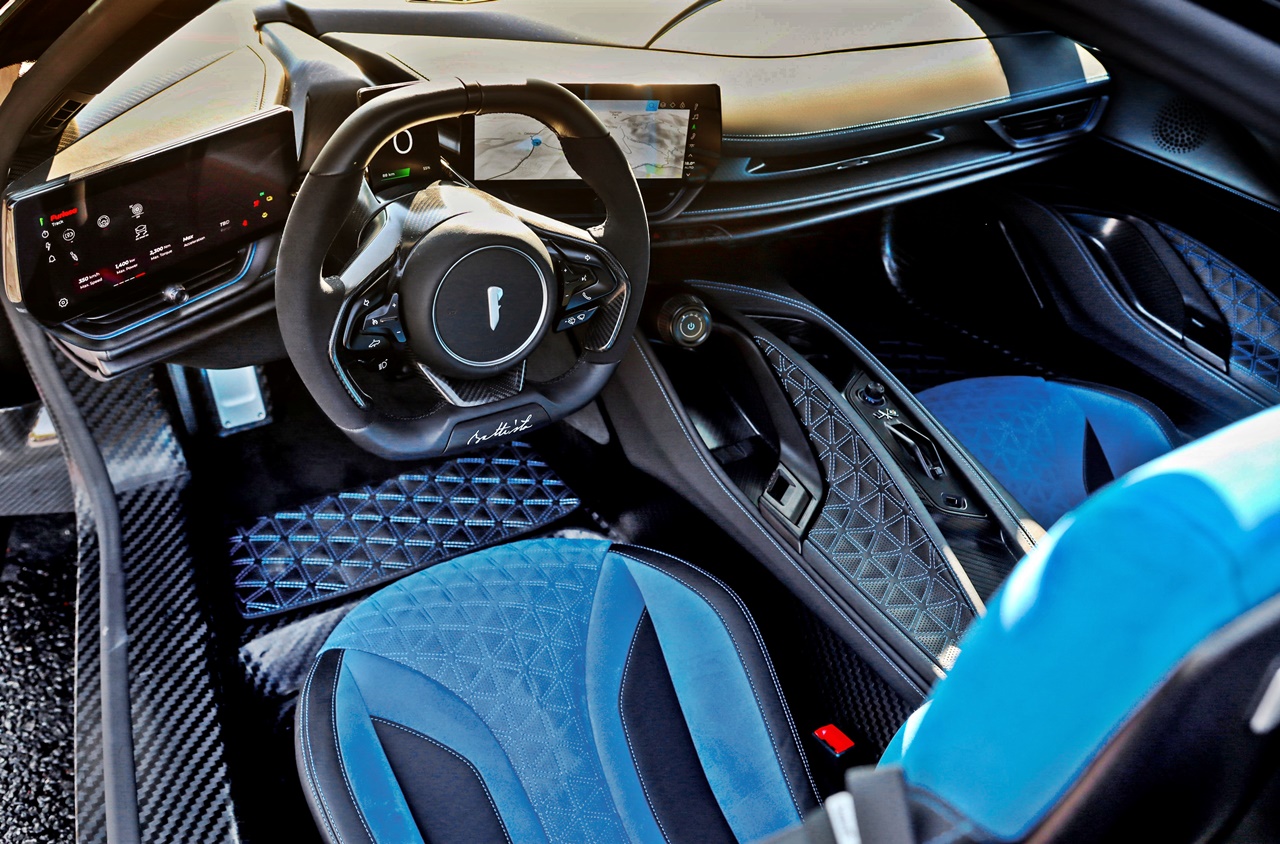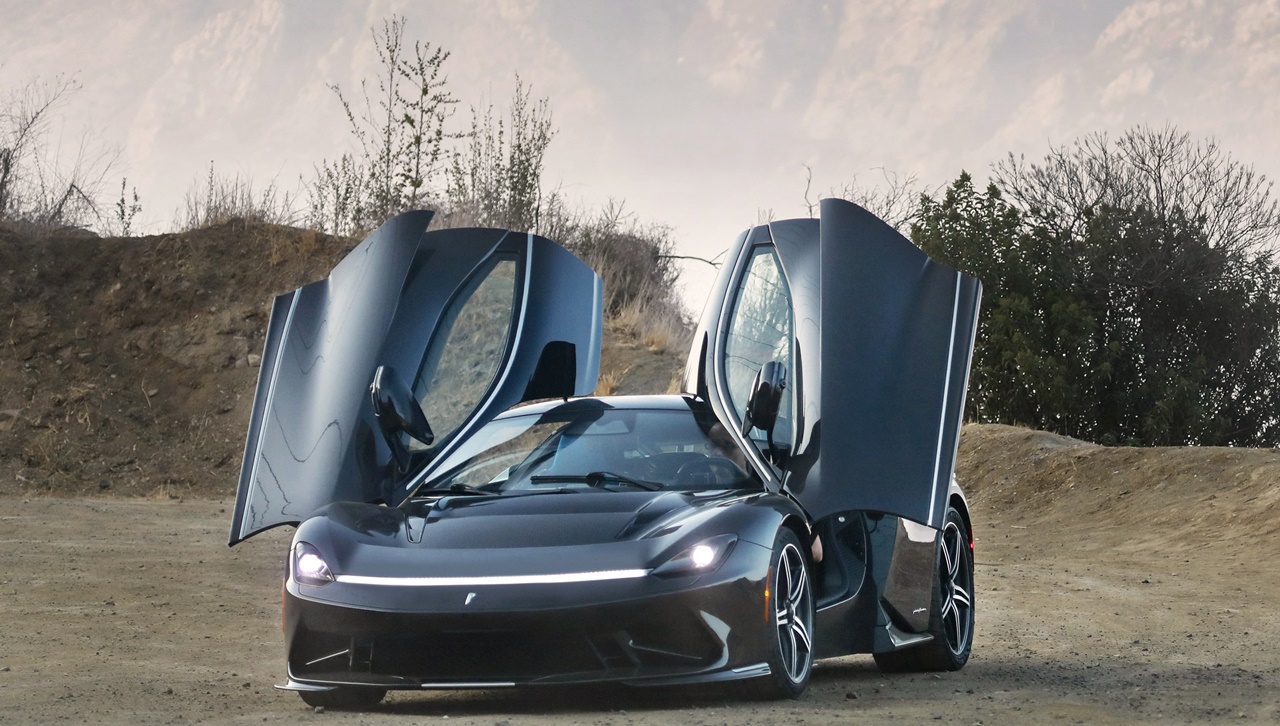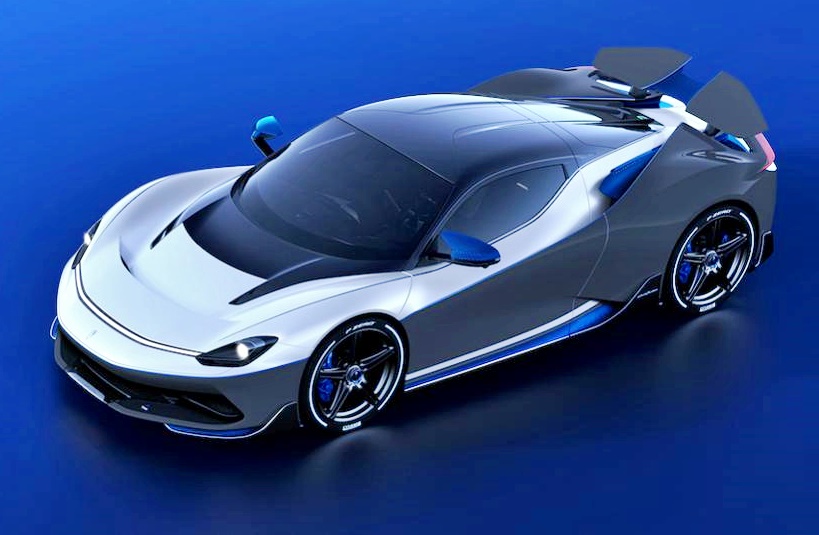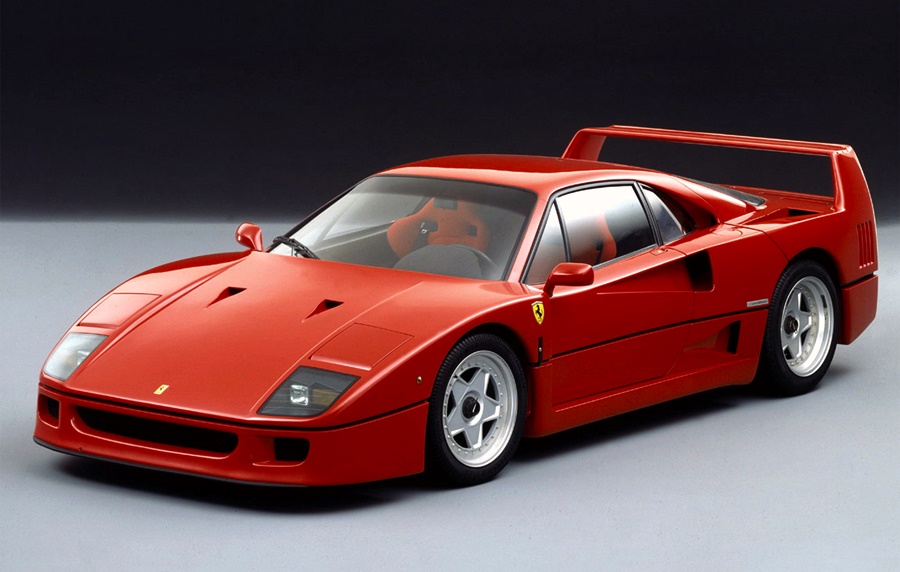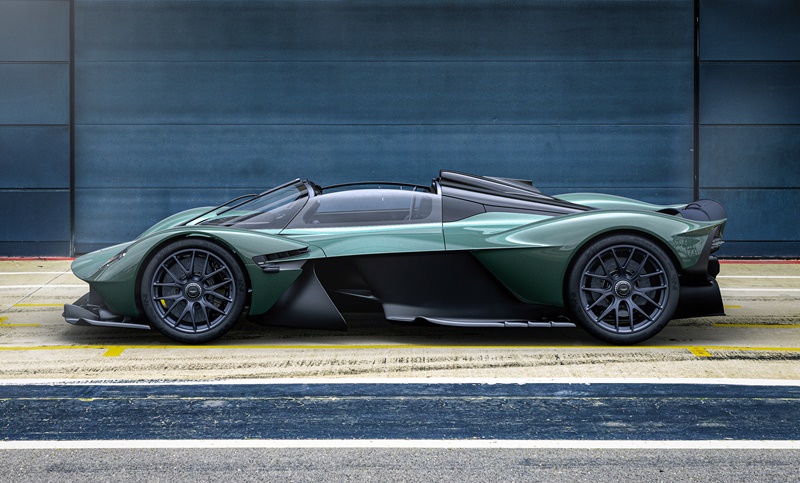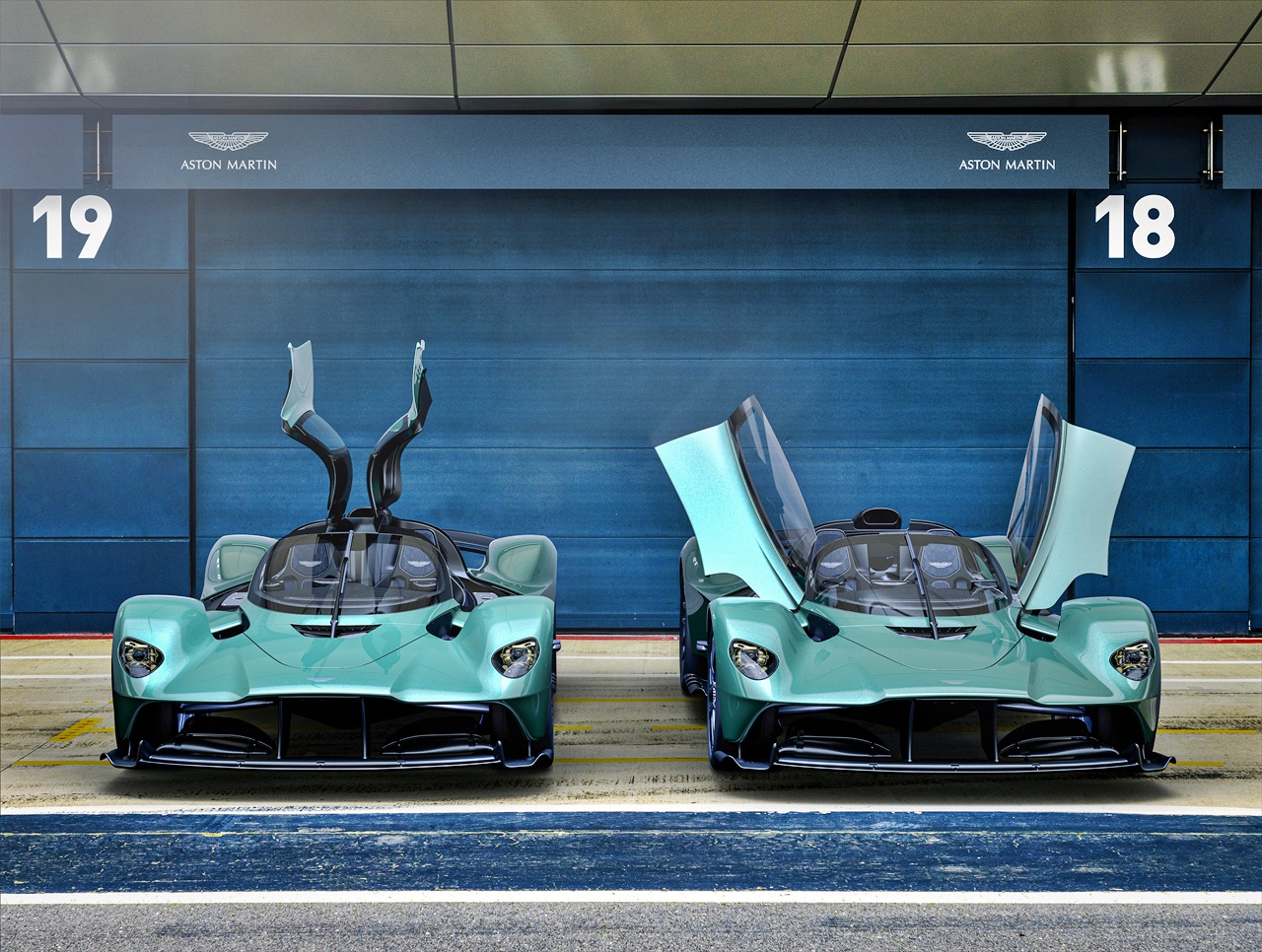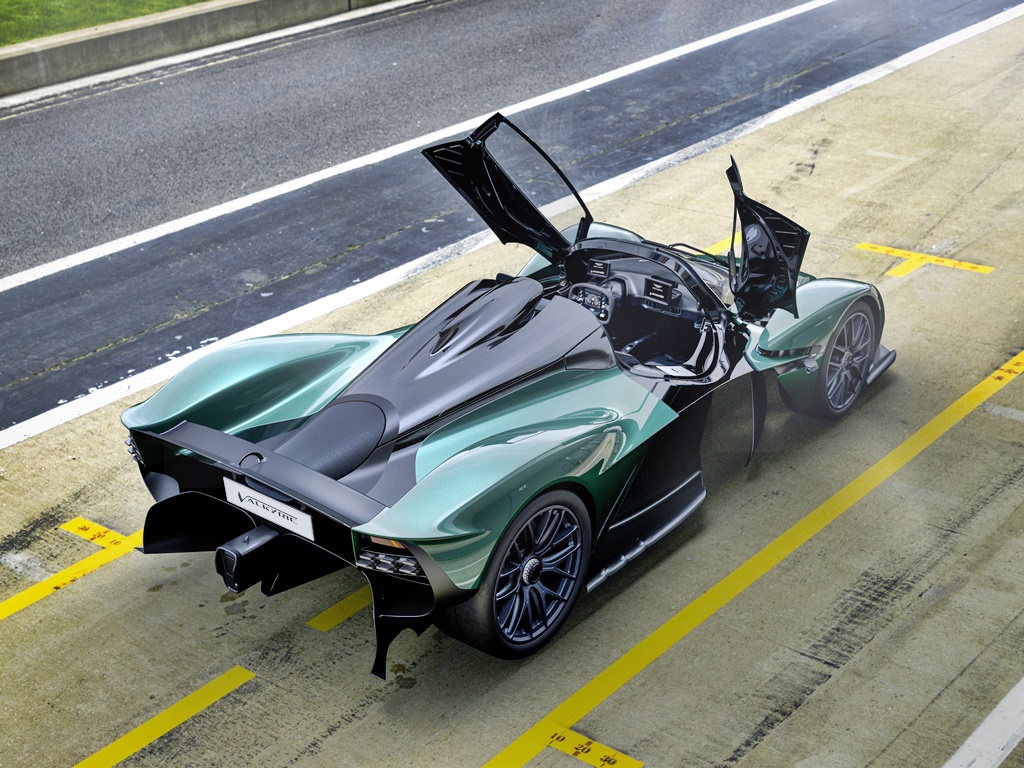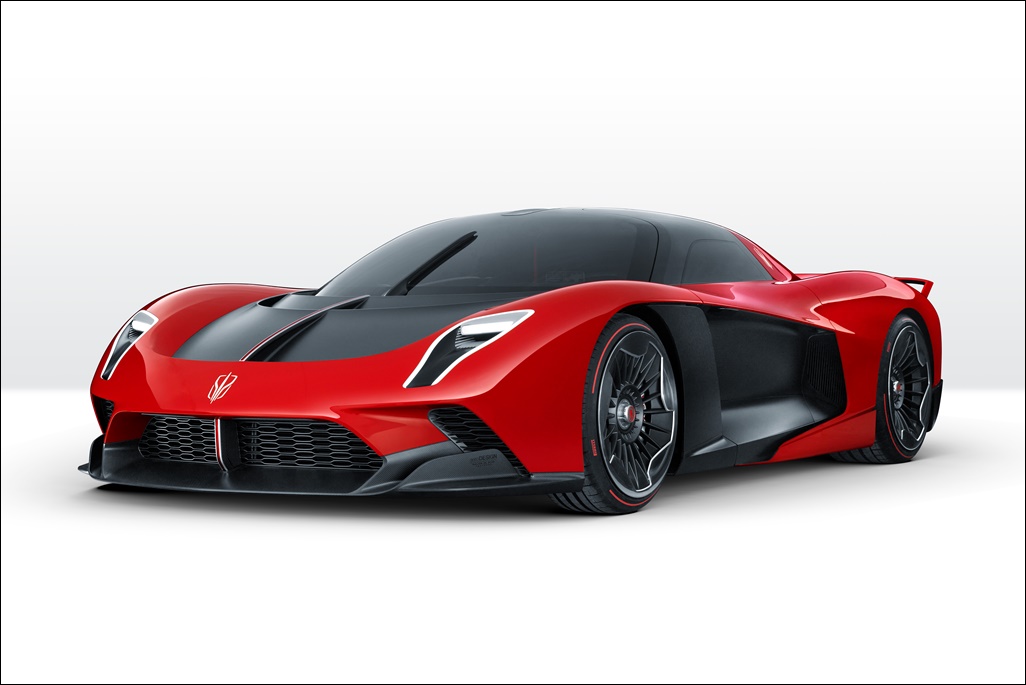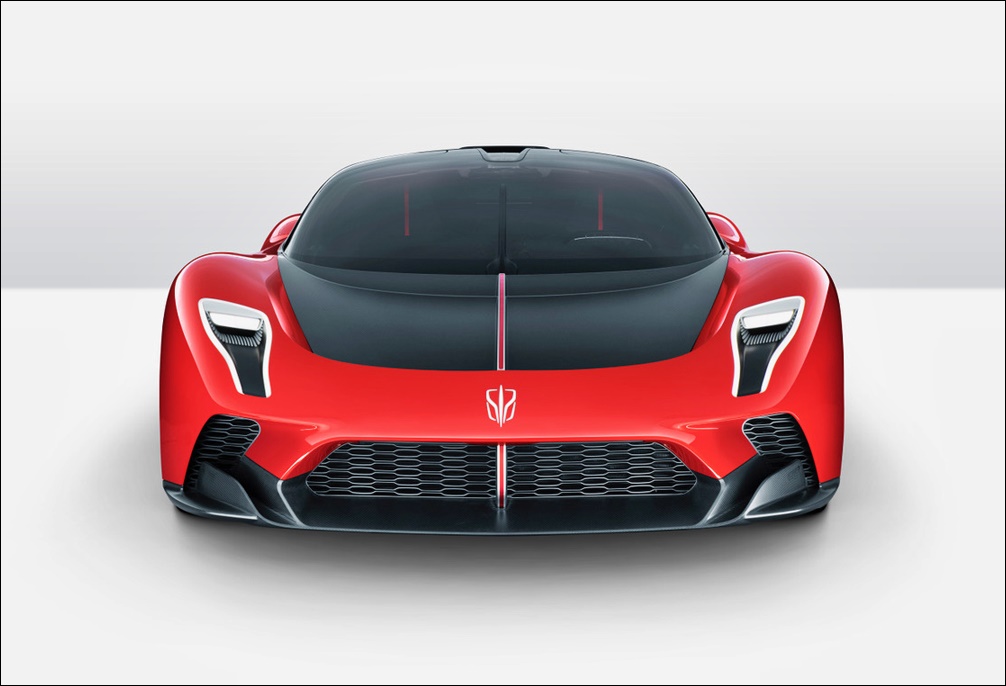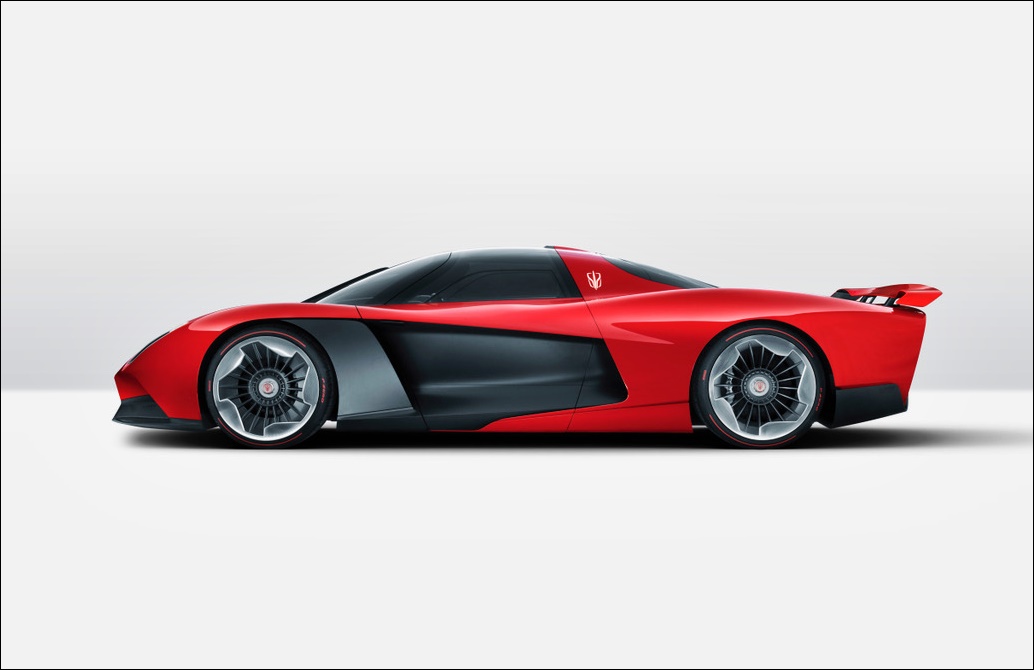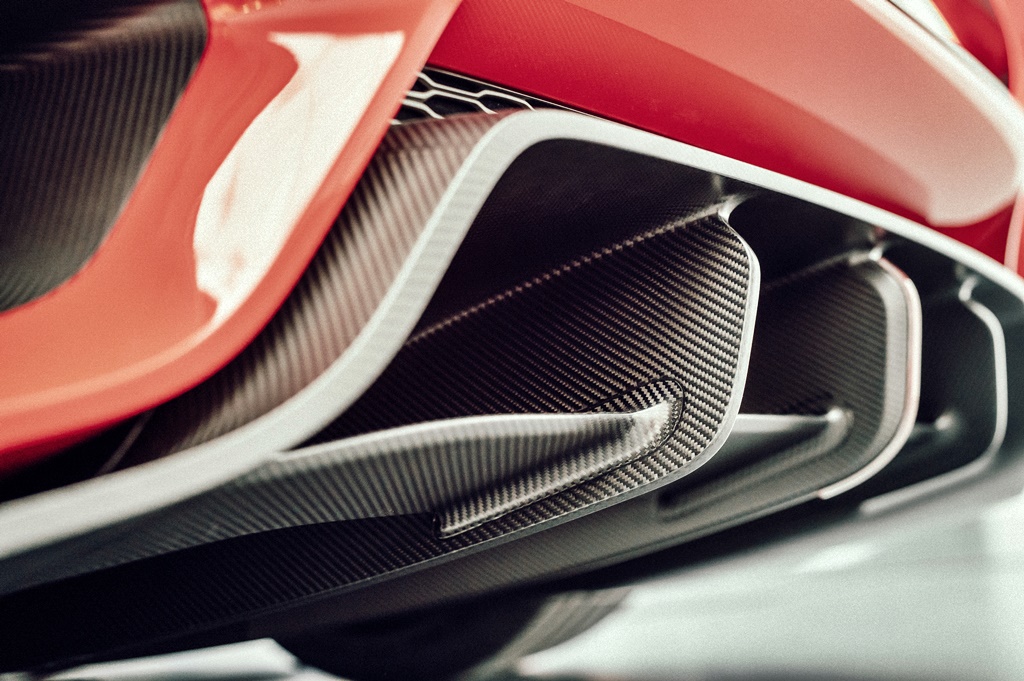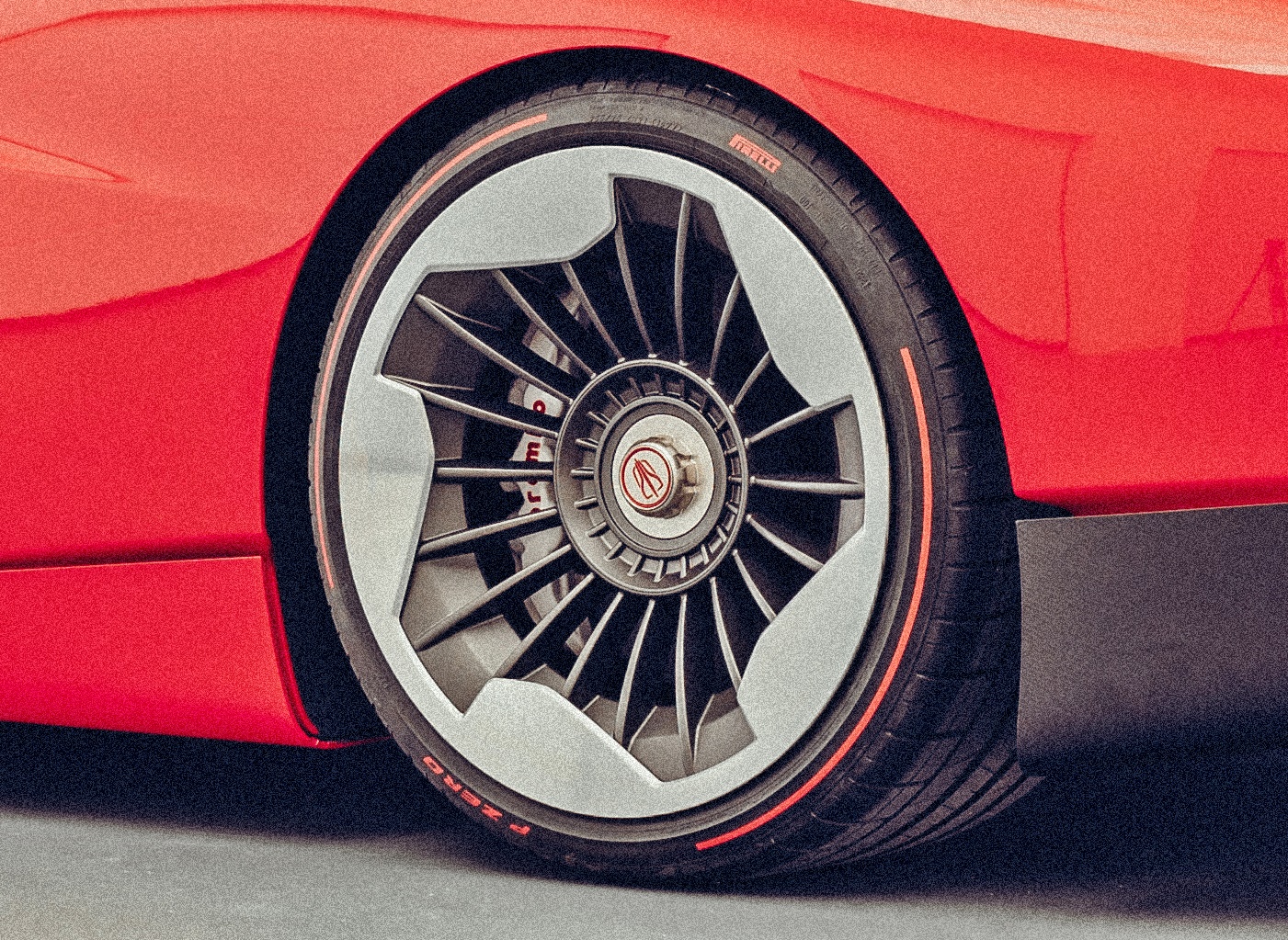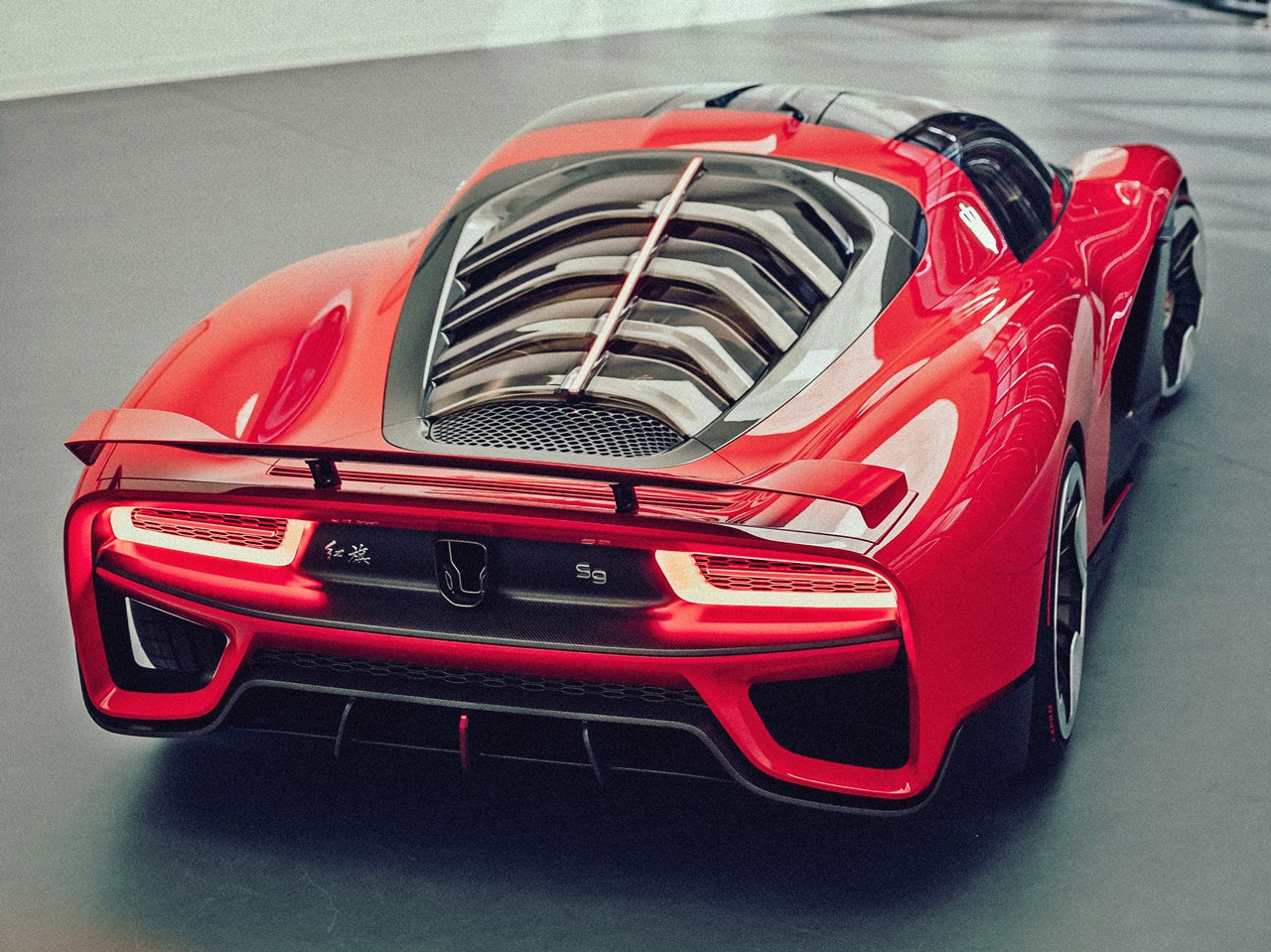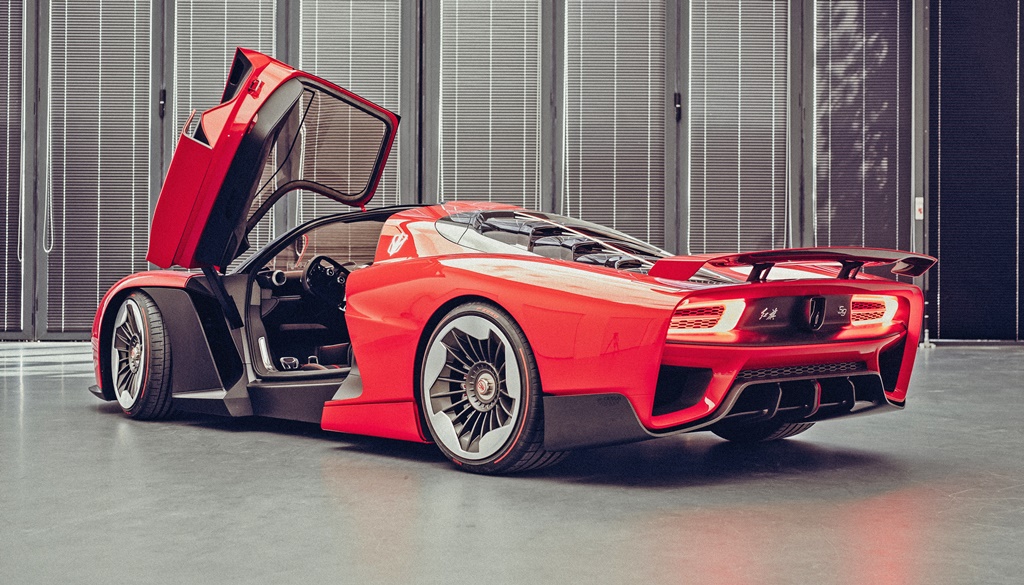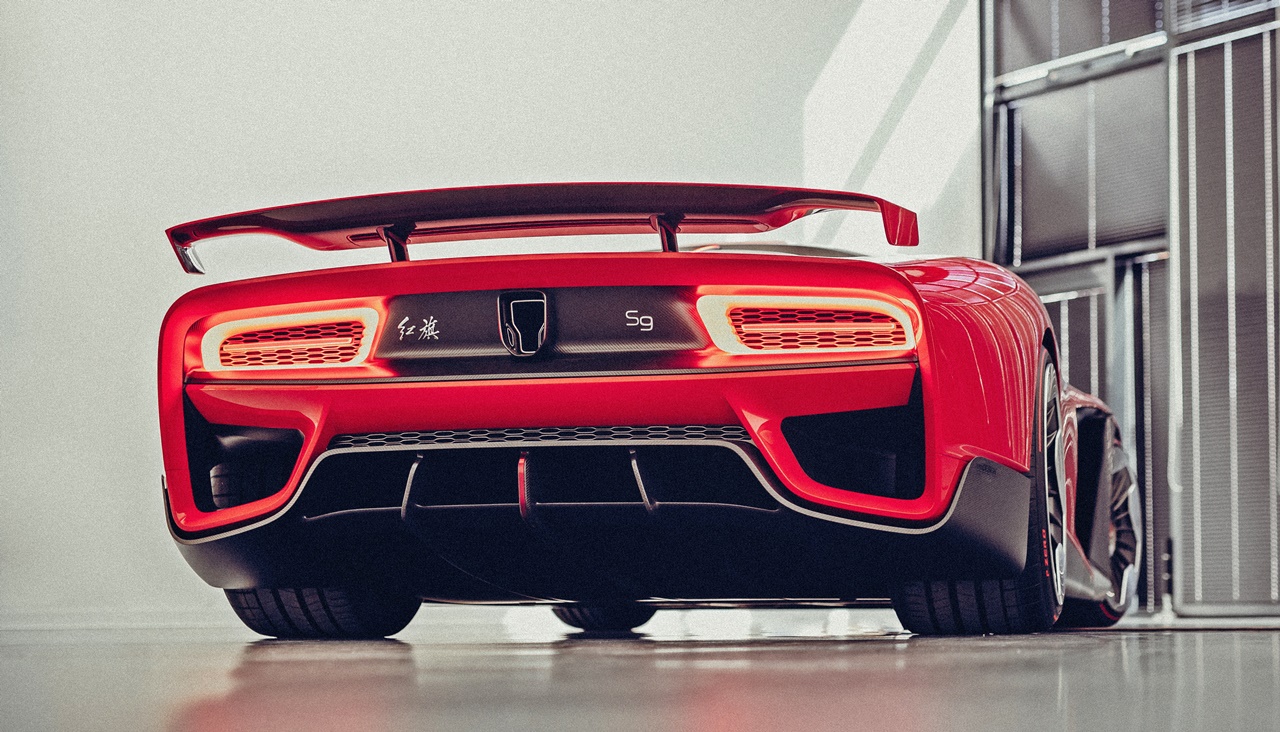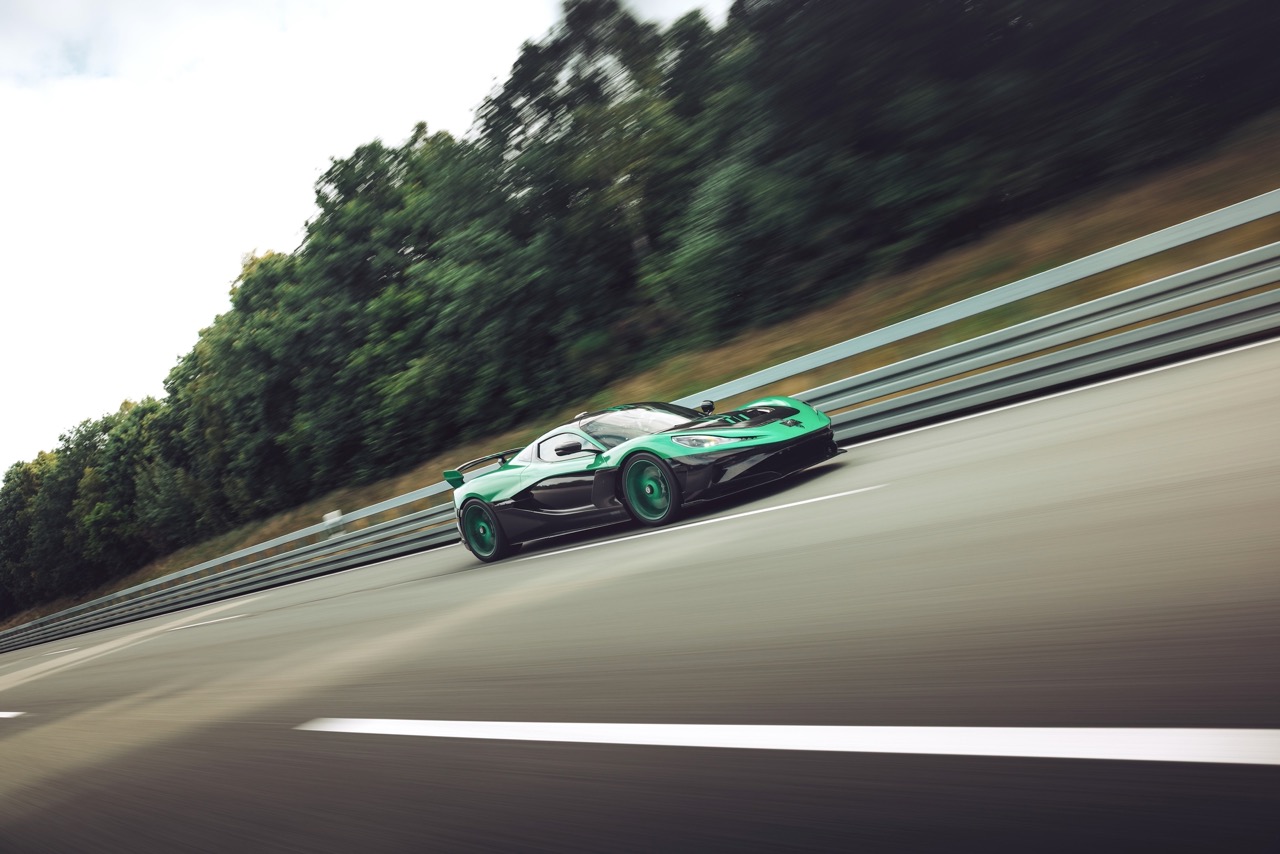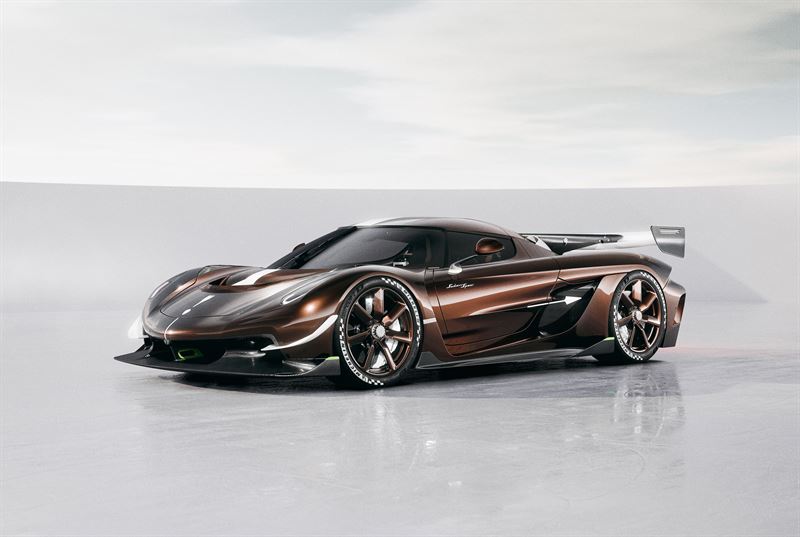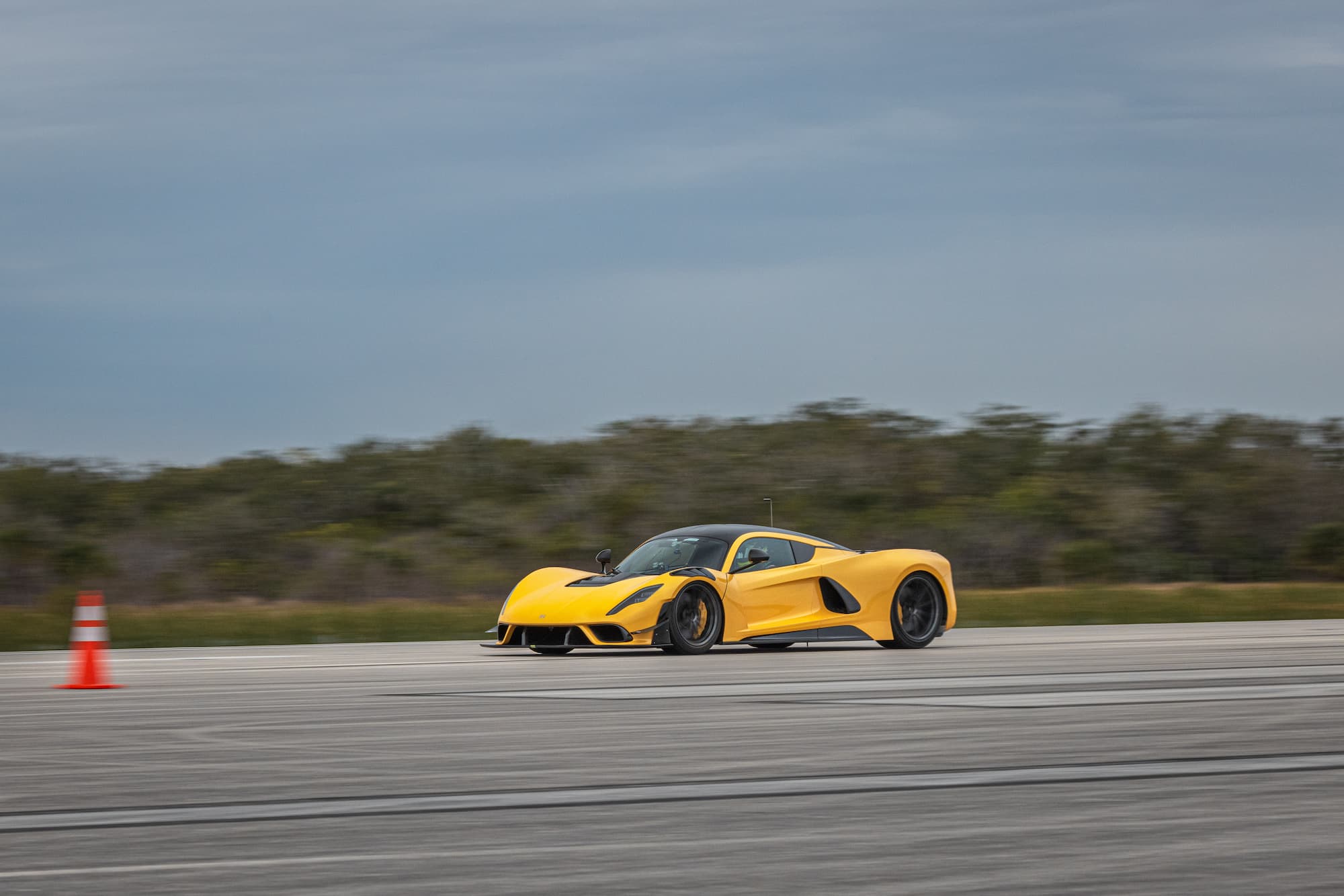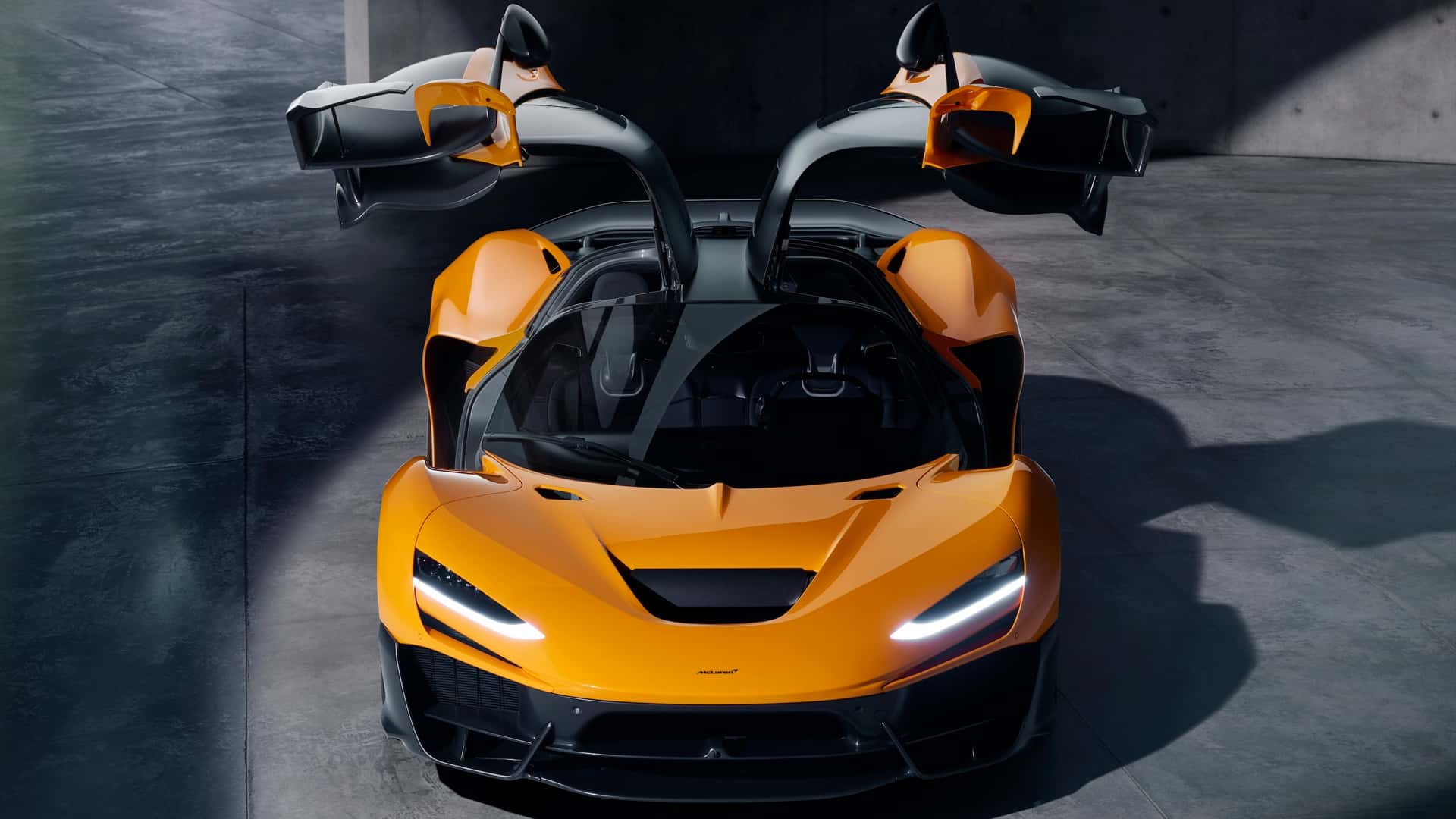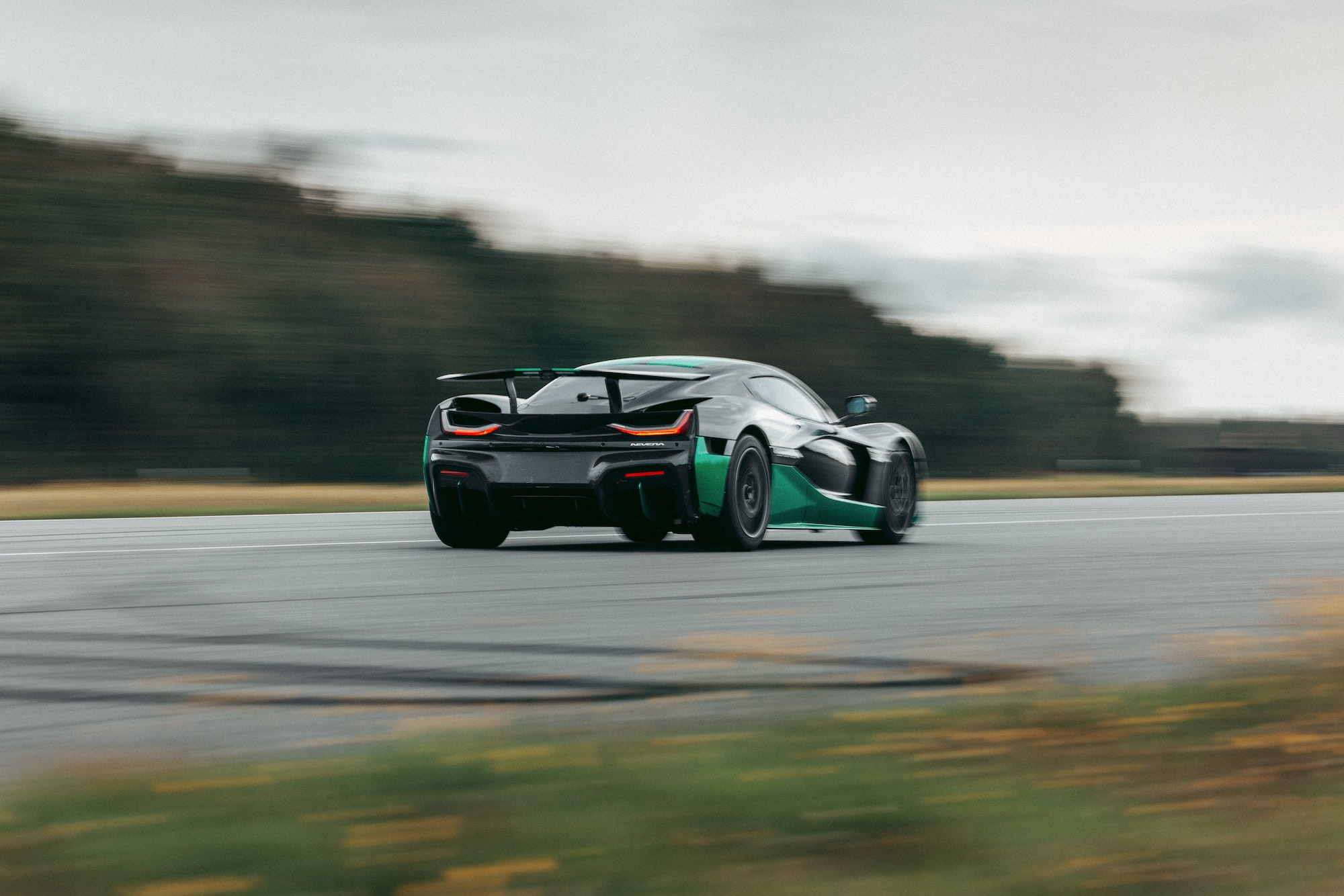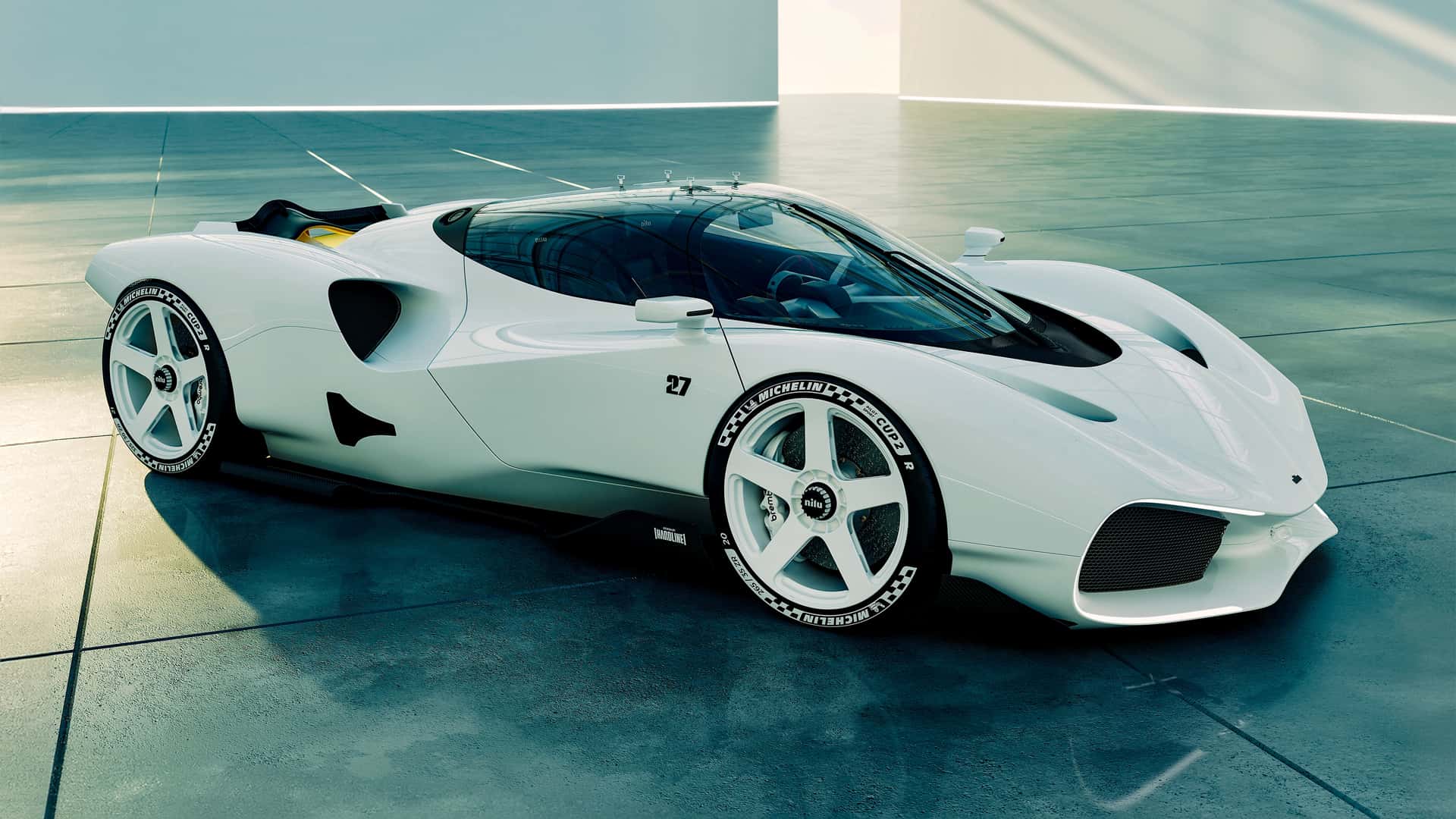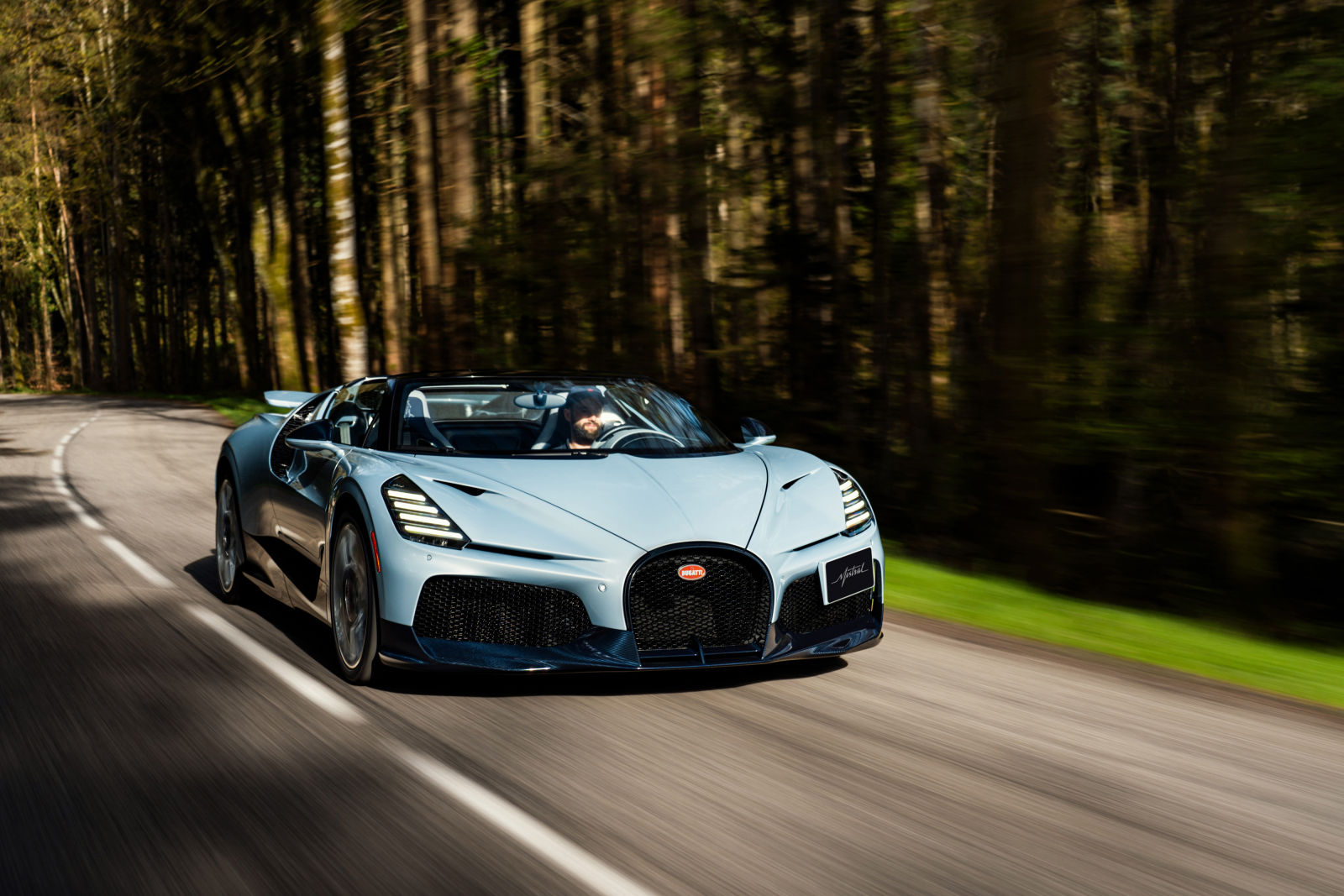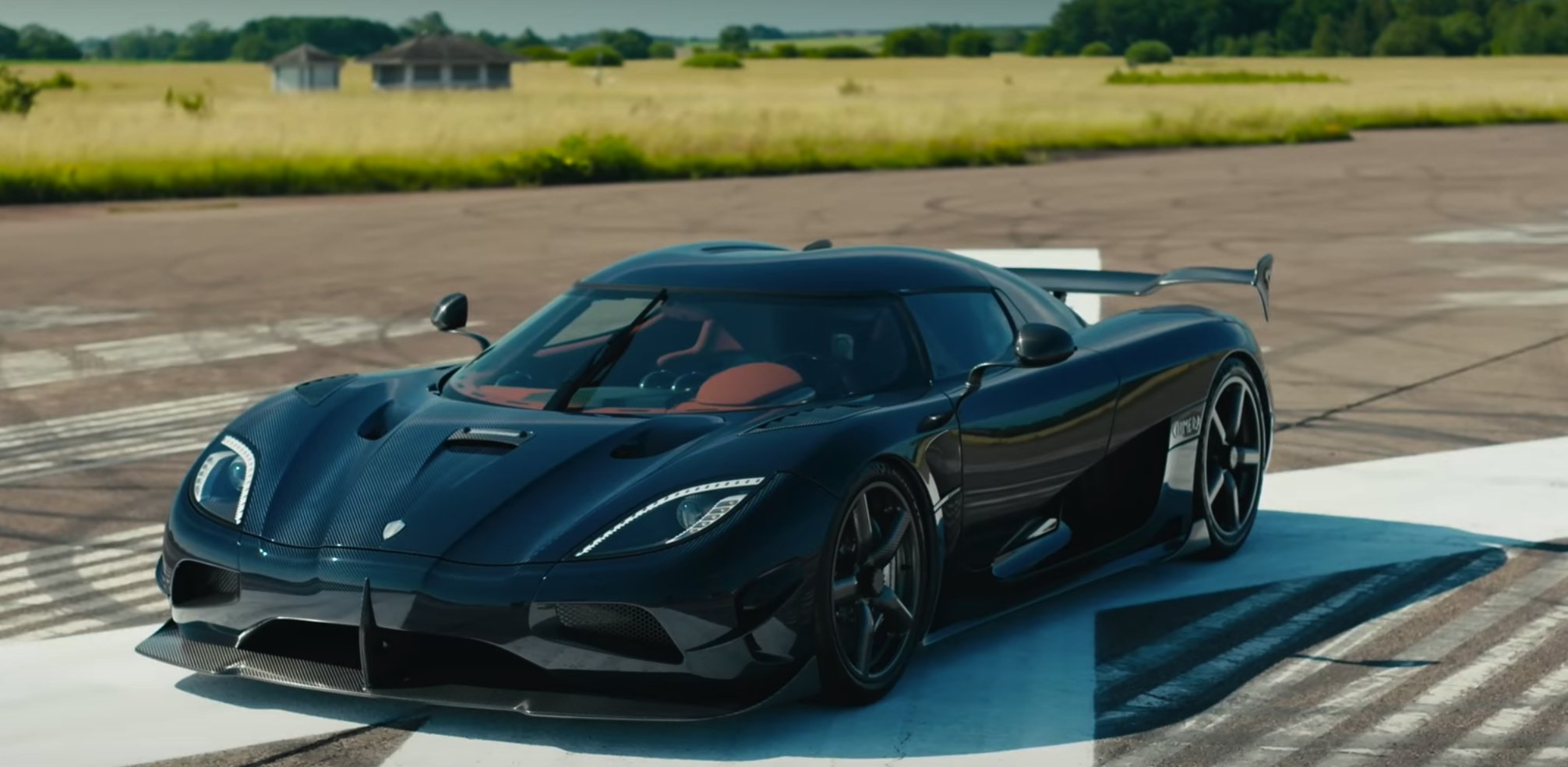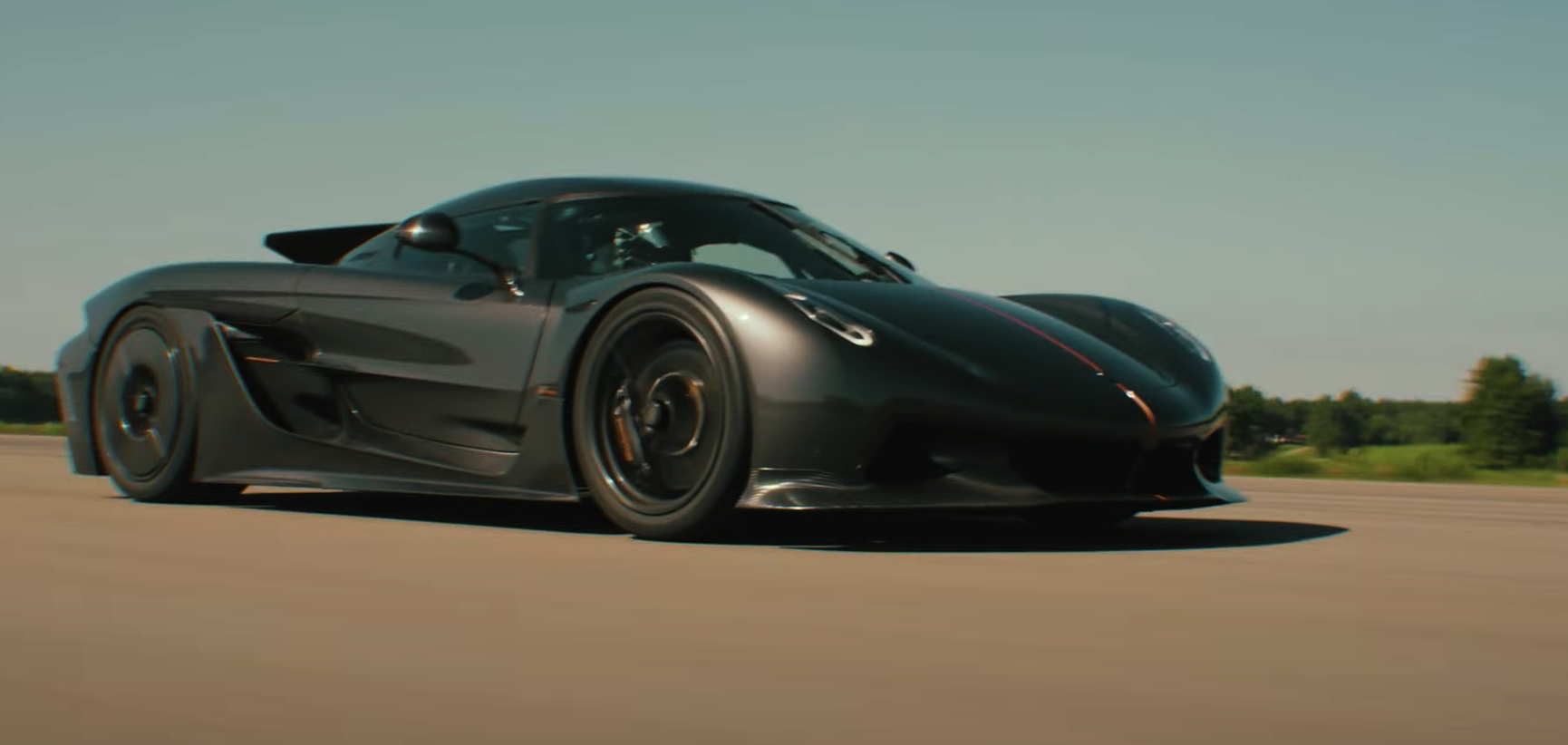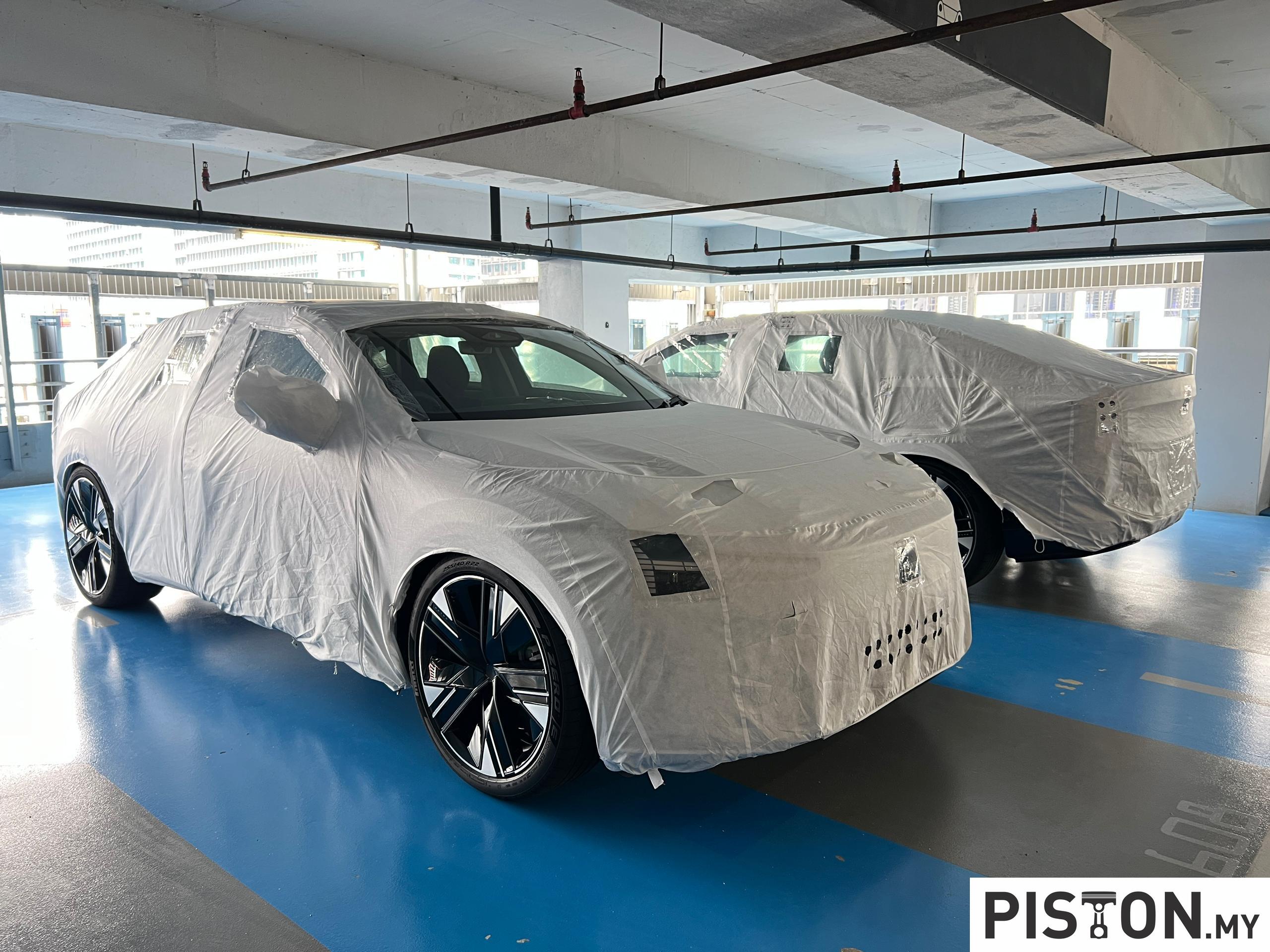2022 looks like the year of electric hypercars as some manufacturers will either unveil their products or start deliveries. Among them is Automobili Pininfarina which has announced that its Battista hyper GT – Italy’s most powerful production car ever – will start going to customer in early 2022. Final production prototypes have been running with test-drivers completing assessments of various systems.
Nick Heidfeld, ex-Formula One and Formula E driver, is a Test and Development Driver for Automobili Pininfarina who has been working with the engineers for the past 2 years. “From the first time I experienced Battista’s performance in 2019 in an advanced simulator, to today on road and track, I believe the Automobili Pininfarina team has successfully developed a unique hyper GT that is enormous fun, as well as incredibly fast,” he said.
Heidfeld has experienced the Battista on the road and track in Italy in production-intent form, accompanied by its emotive soundscape for the first time. “In this test, I was able to drive Battista with full power available. The effect under acceleration is completely mind-bending – drivers will never bore of the experience, no matter how many times they feel it. This roadcar sprints faster than a Formula 1 car, and in Furiosa mode, I was left with a huge grin on my face every time. Every client that experienced Battista with me was positively overwhelmed by the experience – there is simply nothing like it!” said Heidfeld.
The Furiosa mode mentioned unleashes the full 1,900 ps, which also utilises the full torque available from the 4 independent electric motors. Originally projected to produce 2,300 Nm of torque, the Battista is now developing an increased 2,360 Nm. This comes from two 250 kW motors at the front, and two 450 kW motors at the rear, with 280 Nm of torque for each front motor and 900 Nm at each rear motor. Their combined output makes it possible to go from 0 – 100 km/h in a claimed time of less than 2 seconds and reach a top speed of 350 km/h.
Besides the Furiosa mode, there are 4 others – Pura, Calma, Energica, and Carattere. Control of the driving experience is provided by a beautifully-milled rotary dial, ergonomically situated right next to the driver, allowing for quick changes in driving mode, each one lending a unique character to the Battista’s drive, perfectly adapted to a range of driving conditions.
Calibrated using thousands of kilometres of software simulation before being introduced to development cars, the driving modes allow the driver to fine-tune the driving experience and unlock both the full potential of the advanced torque vectoring system and honed characteristics of the Battista.
The system recuperates and transfers electrical energy without using the brakes – the active energy shifting takes place directly via the 4 electric motors, resulting in a much faster, more precise and efficient shift of torque compared with torque vectoring by braking.
The motors are powered by a powerful 120 kWh lithium-ion battery and, depending on driving style and other conditions, the range is claimed to be up to 500 kms.
“The handling on open roads – even on unpredictable surfaces – proved Battista to be beautifully balanced. Just how a hyper GT should feel. Battista’s performance on track had already surprised and impressed me after I experienced it in Nardo earlier this year, so my expectations on this occasion were set high. This test however confirmed that the team has achieved its target of creating a new type of hyper GT which is rewarding on all surfaces. The ride quality and damping both feel excellent, and the steering feels natural and the perfect fit for what we want to achieve in Battista. I am very sensitive to steering feel as a racing driver, and the sweet spot here is for it to feel light yet connected, and direct yet smooth,” explained Heidfeld.
Paolo Dellacha, Automobili Pininfarina’s Chief Product and Engineering Officer, commended Heidfeld for his input which has helped the engineers to fine-tune the car. “Nick has been a brilliant partner throughout the whole development programme, not only for his driving skills and unique experience in both Formula 1 and Formula E, but also for his ability to evaluate and improve the programme in its various stages of development by delivering the anticipated view of our customers,” he said.
The Battista in production form made its global debut at California’s Monterey Week in August this year. Potential customers had an opportunity to experience the hypercar on the scenic coastal roads and listen to its ‘tailor-made exterior soundscape’. Those who decided they must own one would have to book a unit which will cost from €1.98 million (about RM9.37 million).

